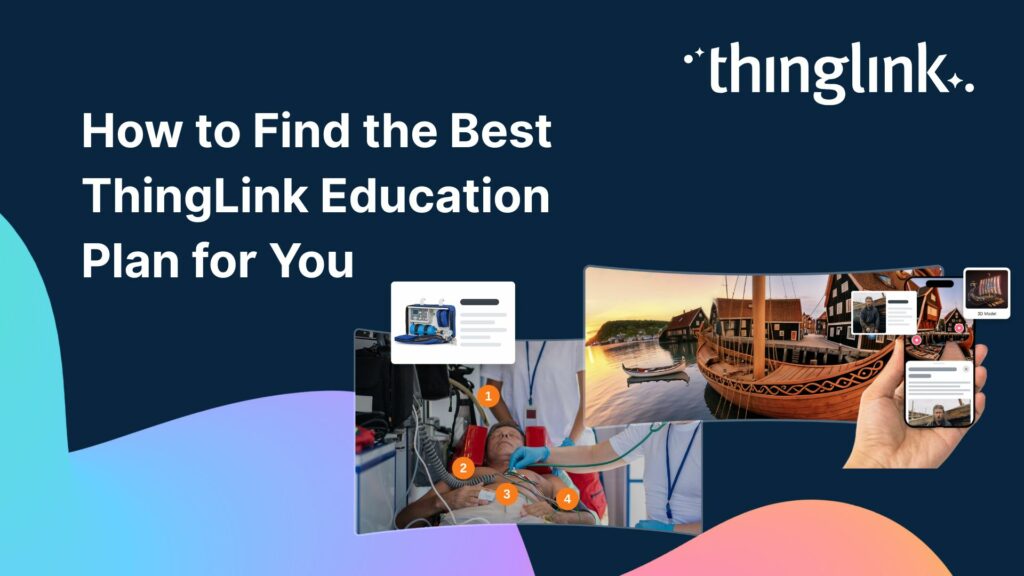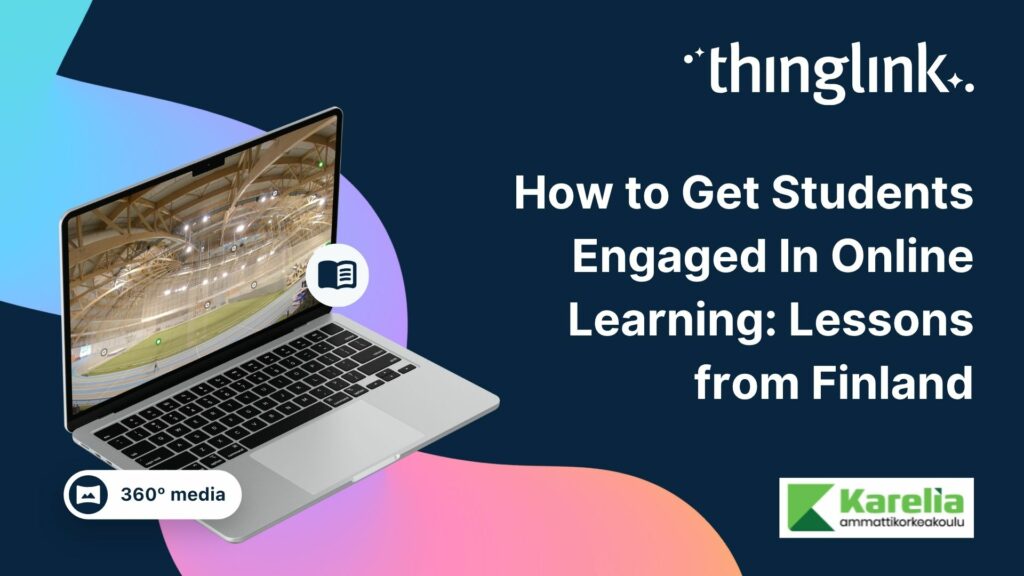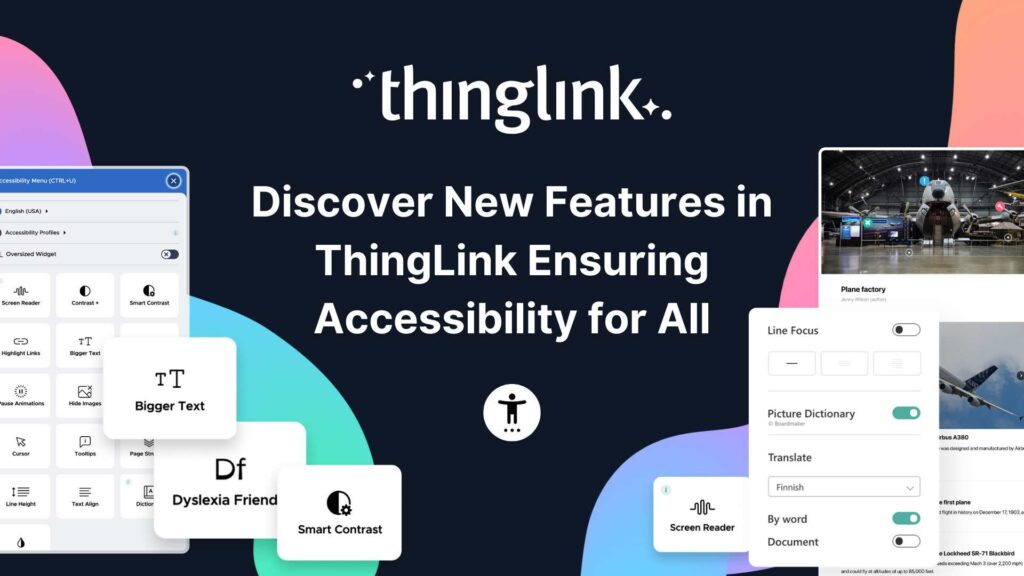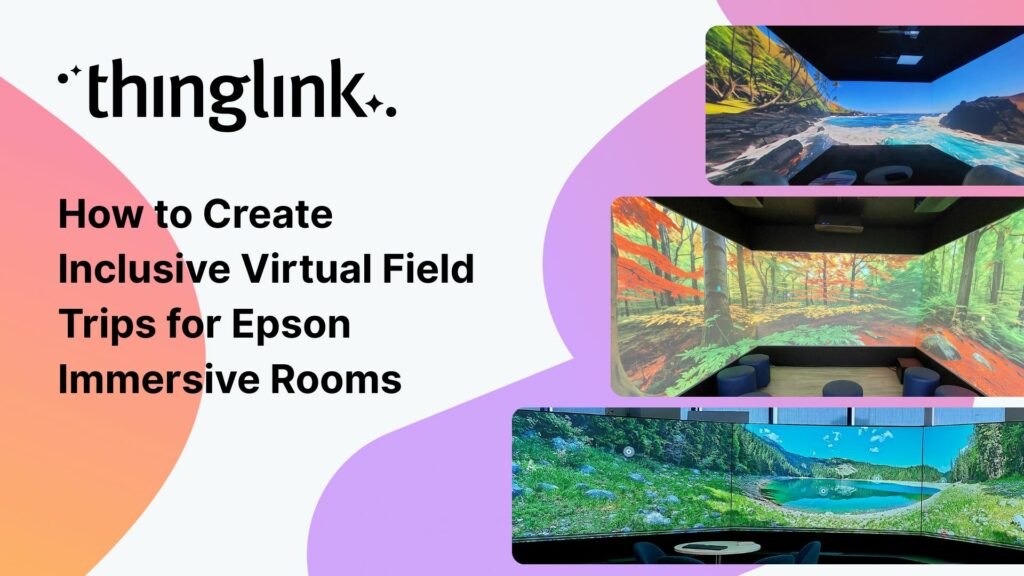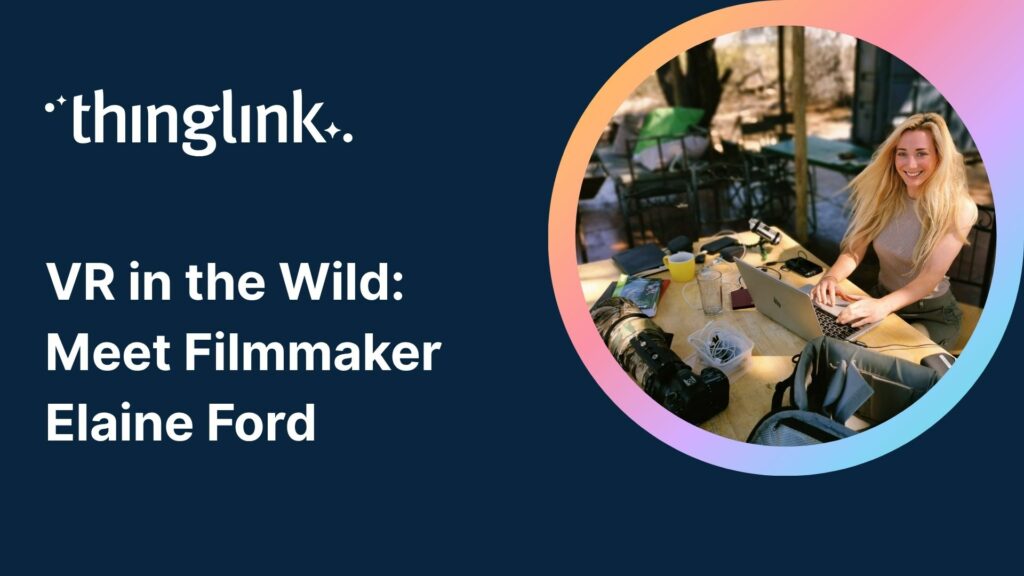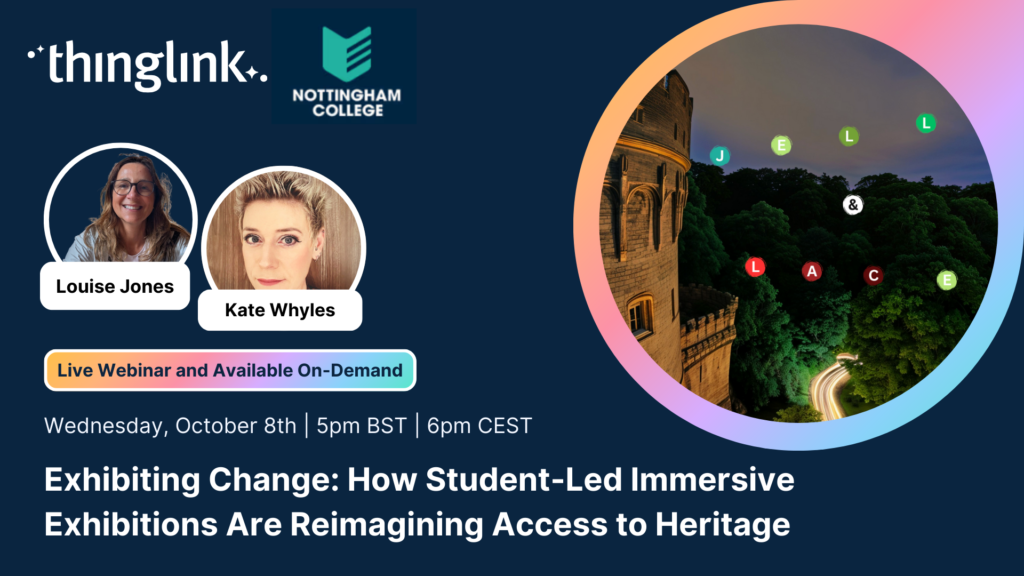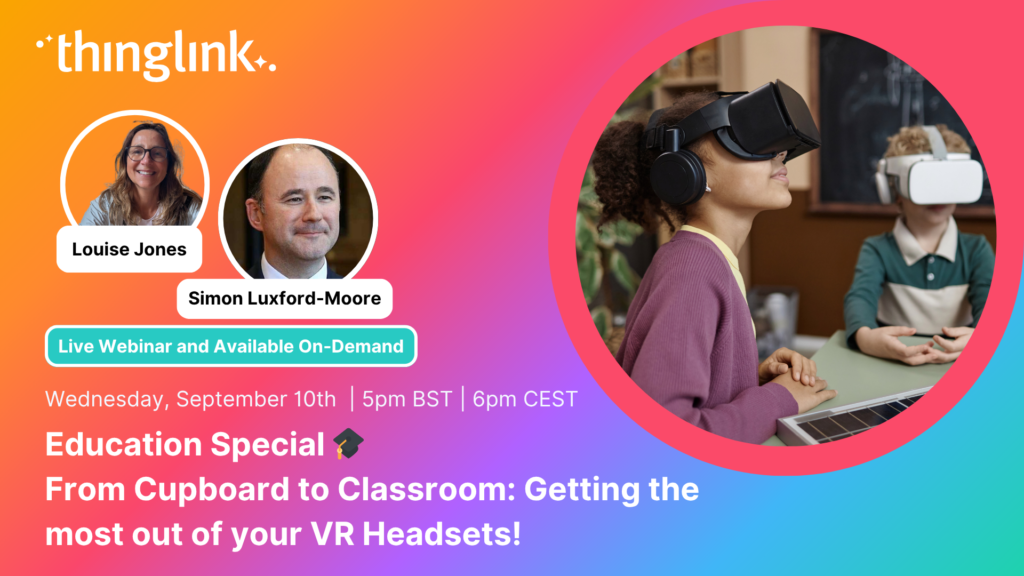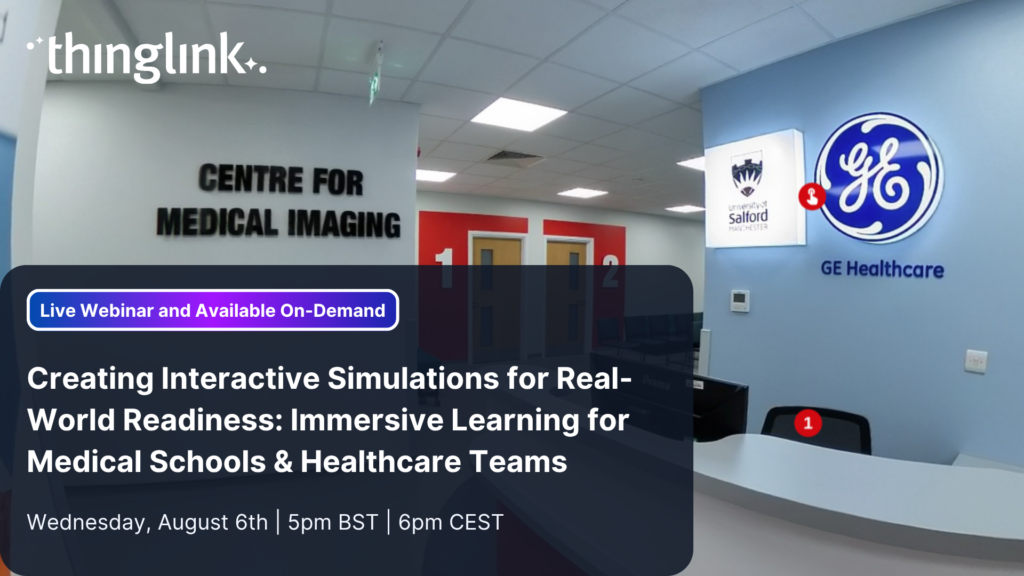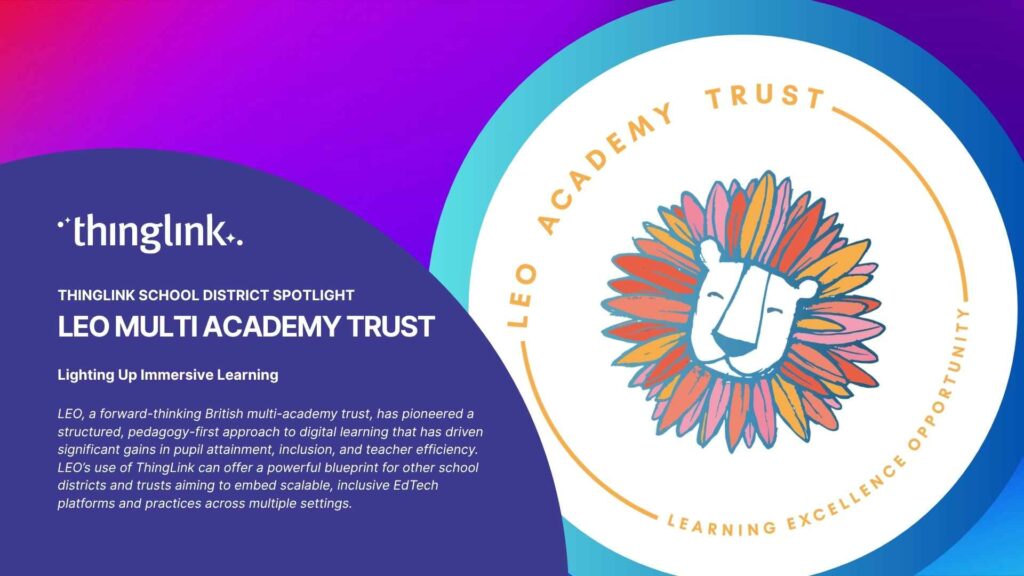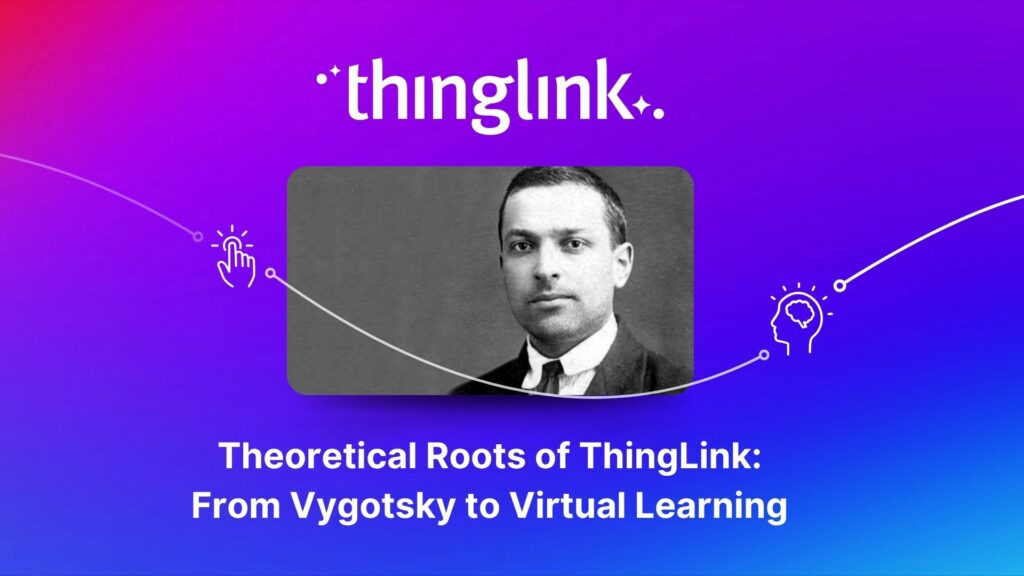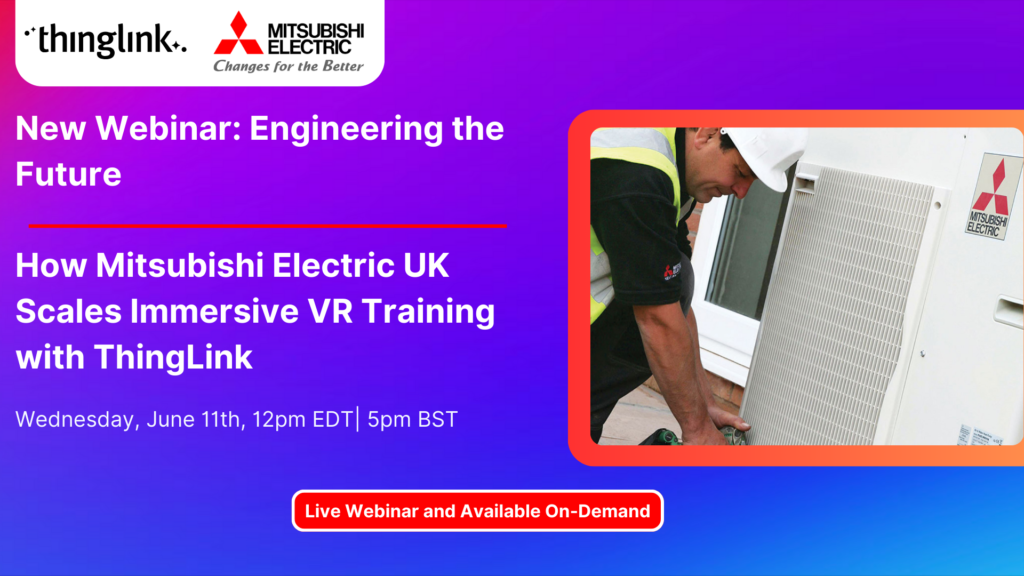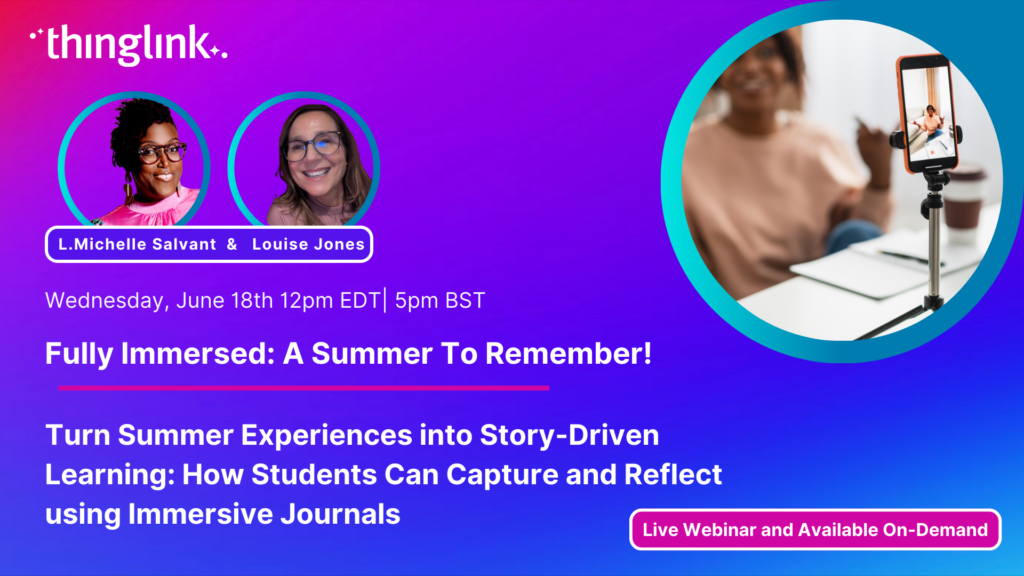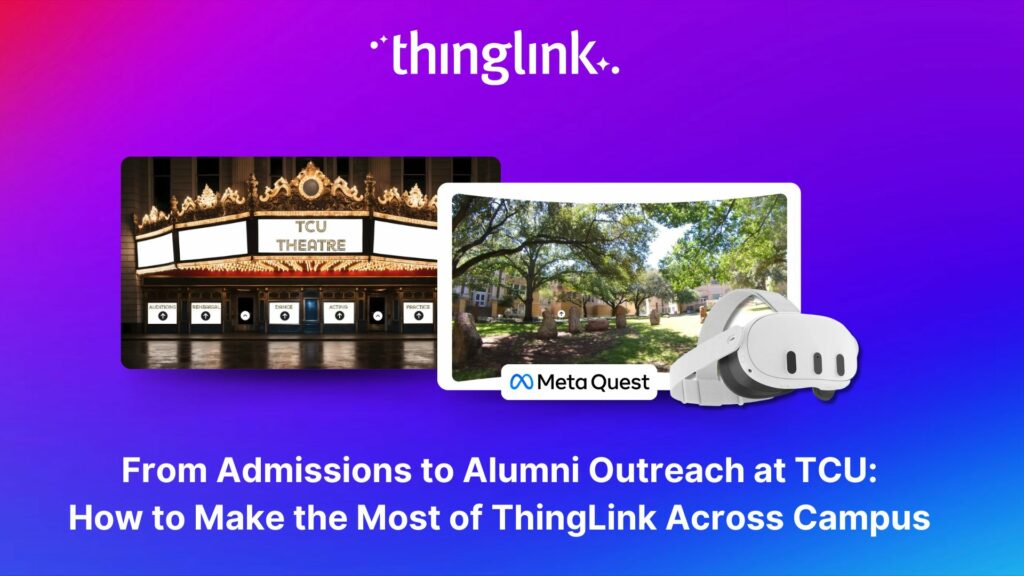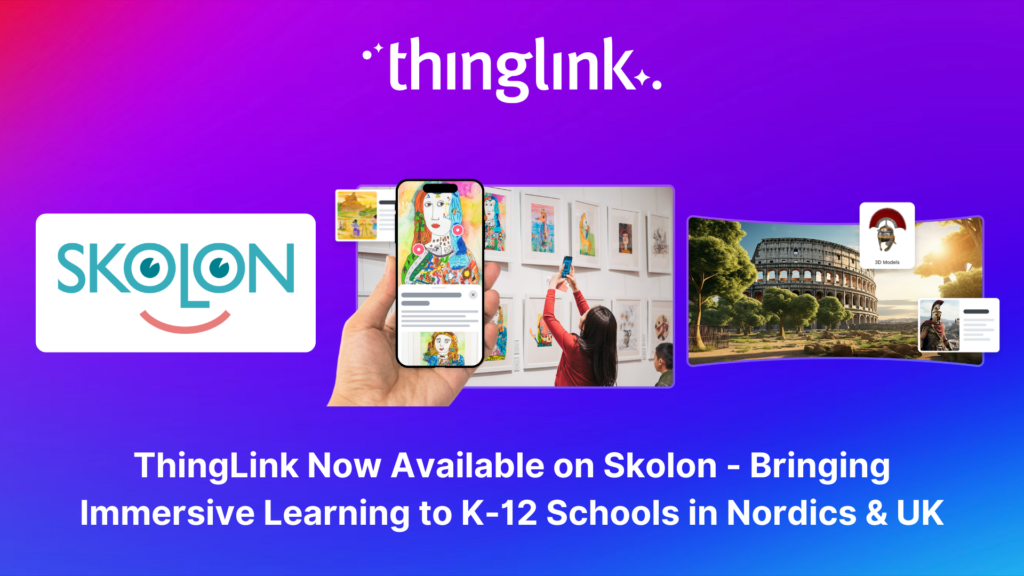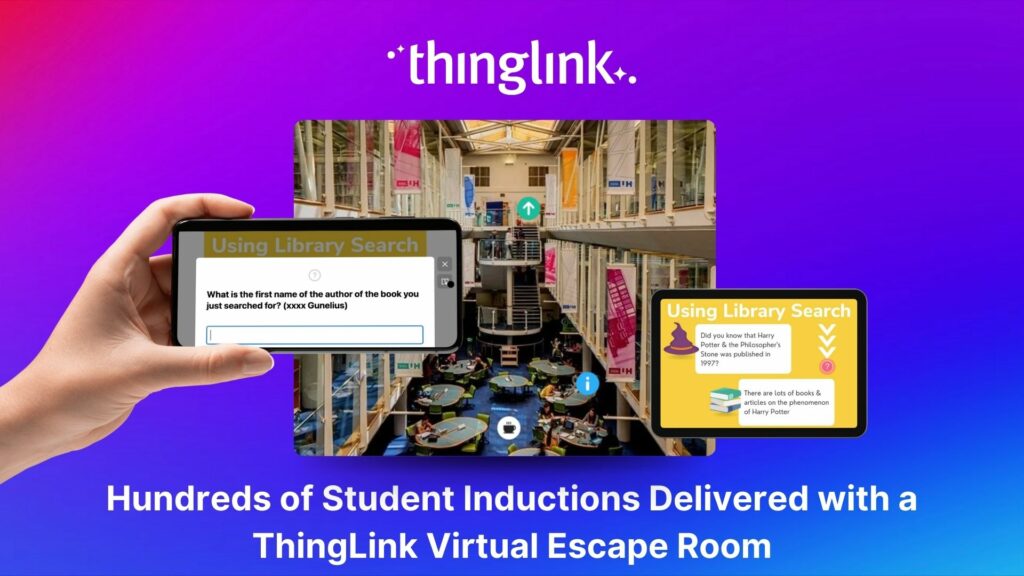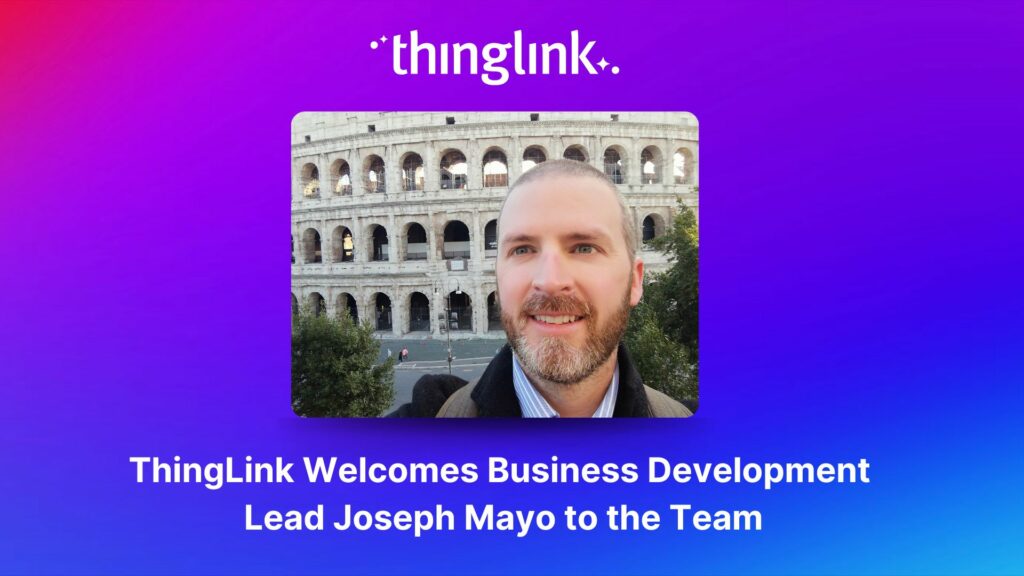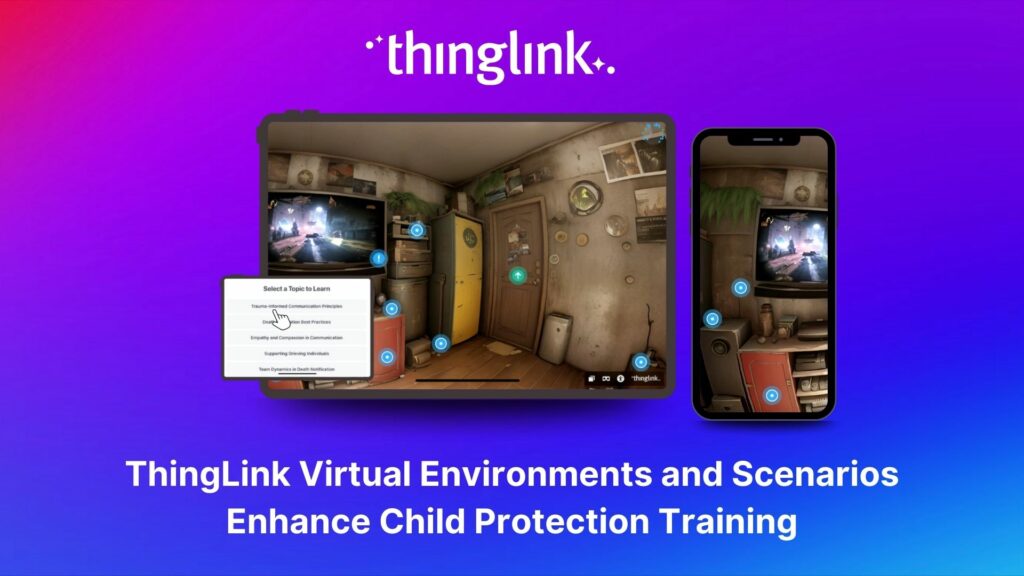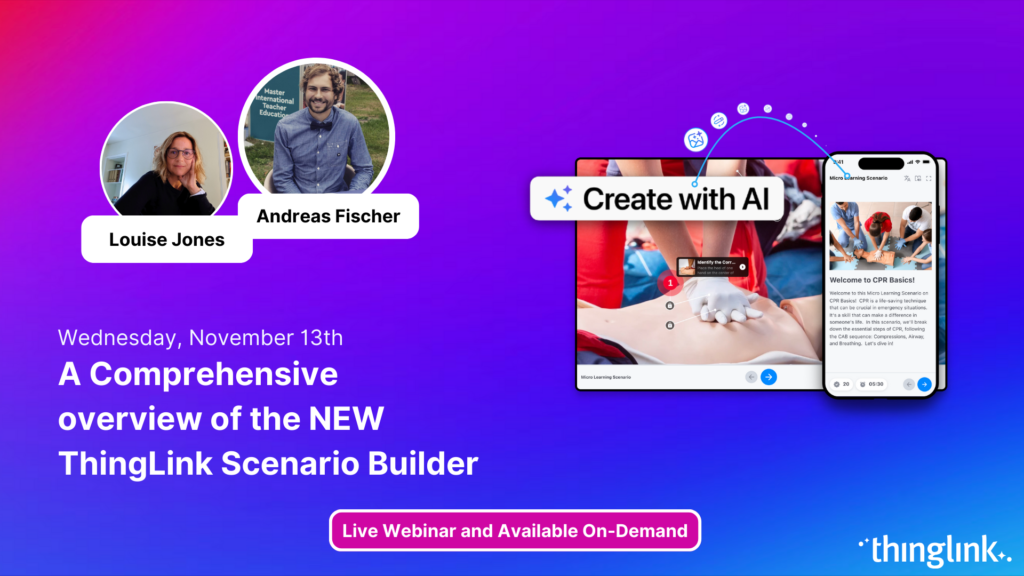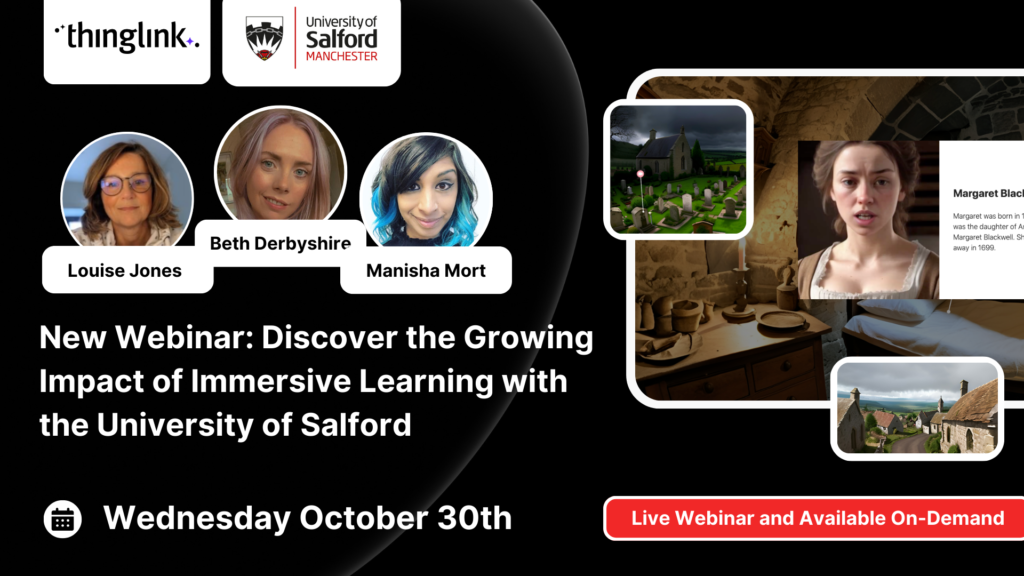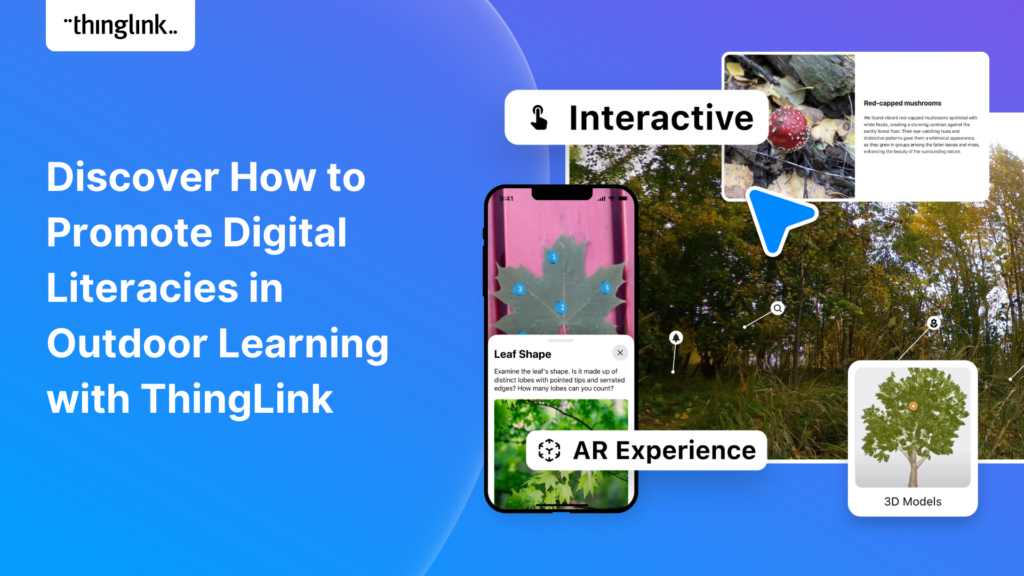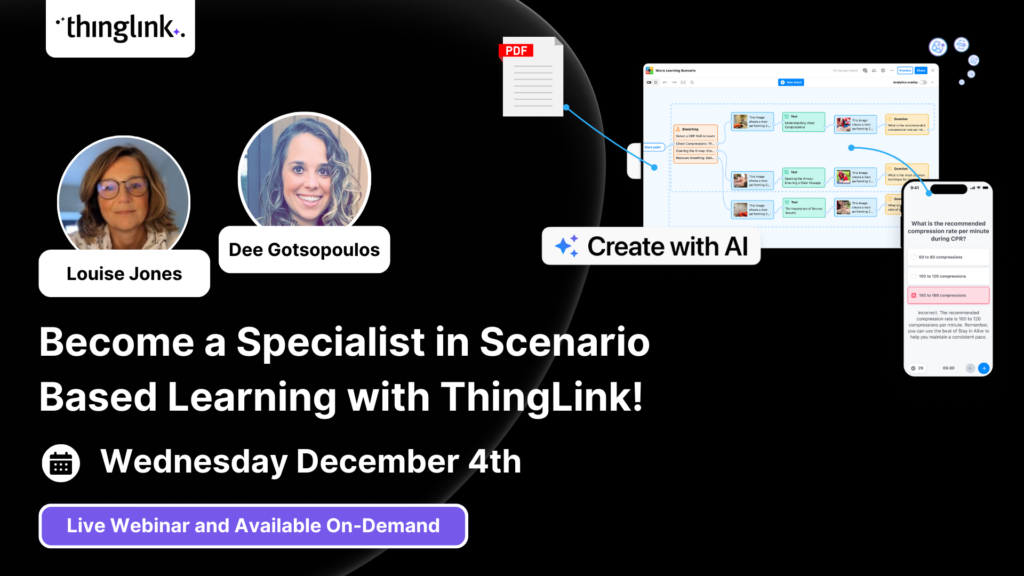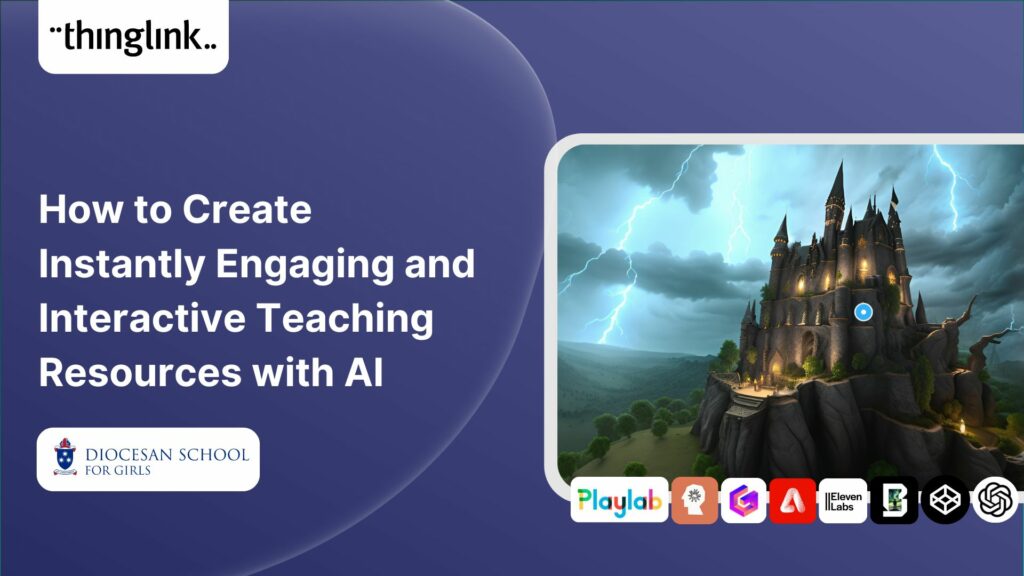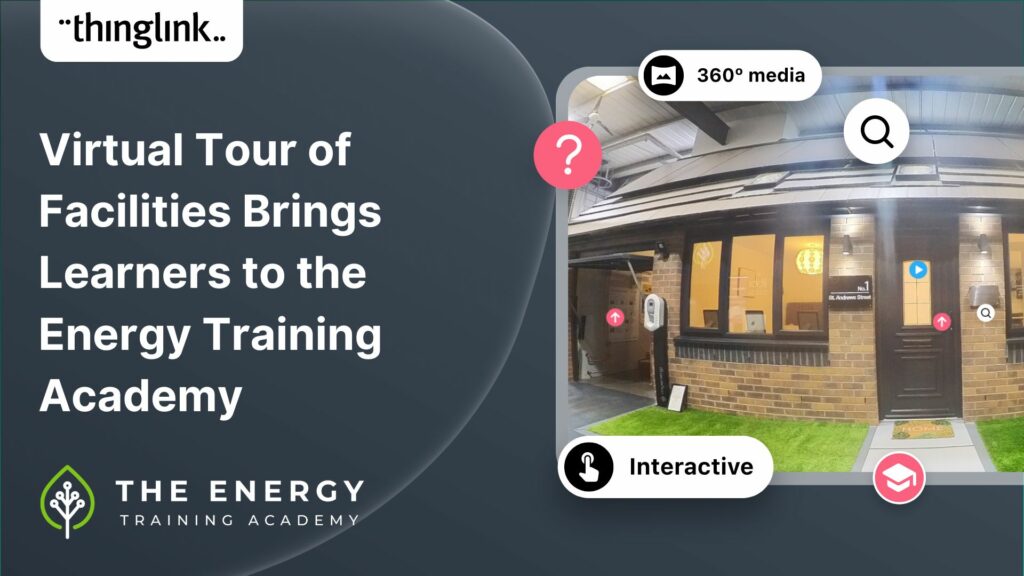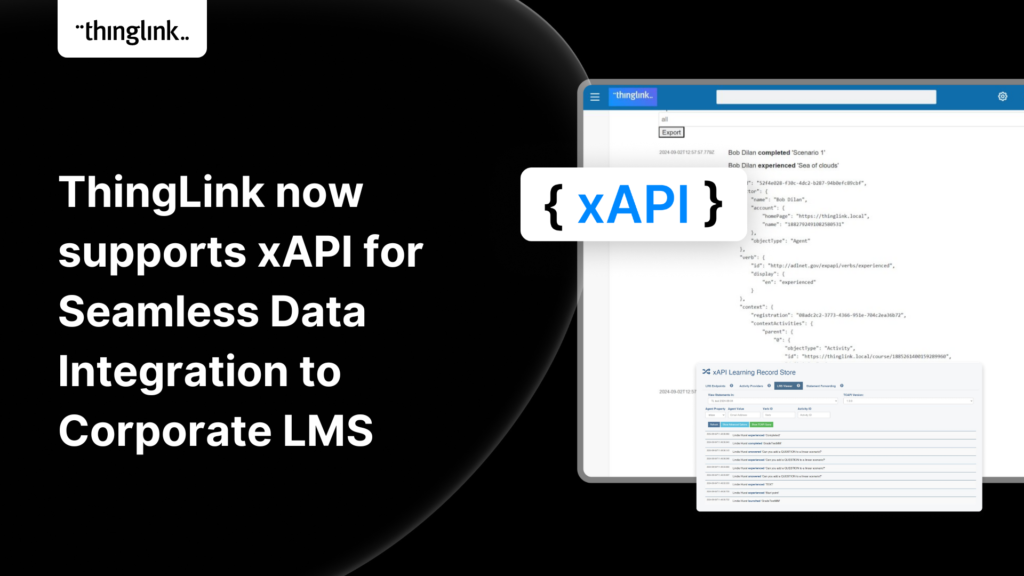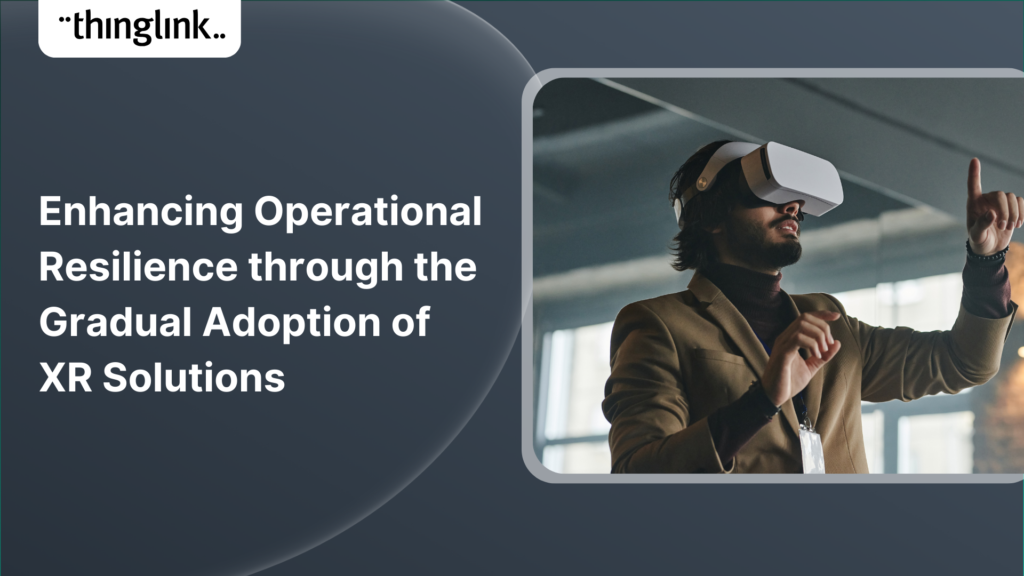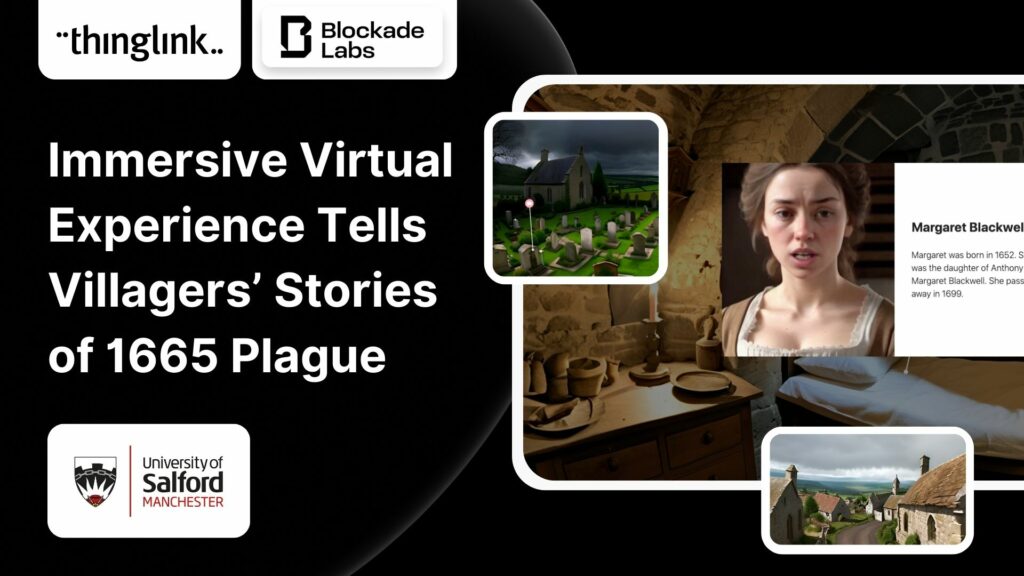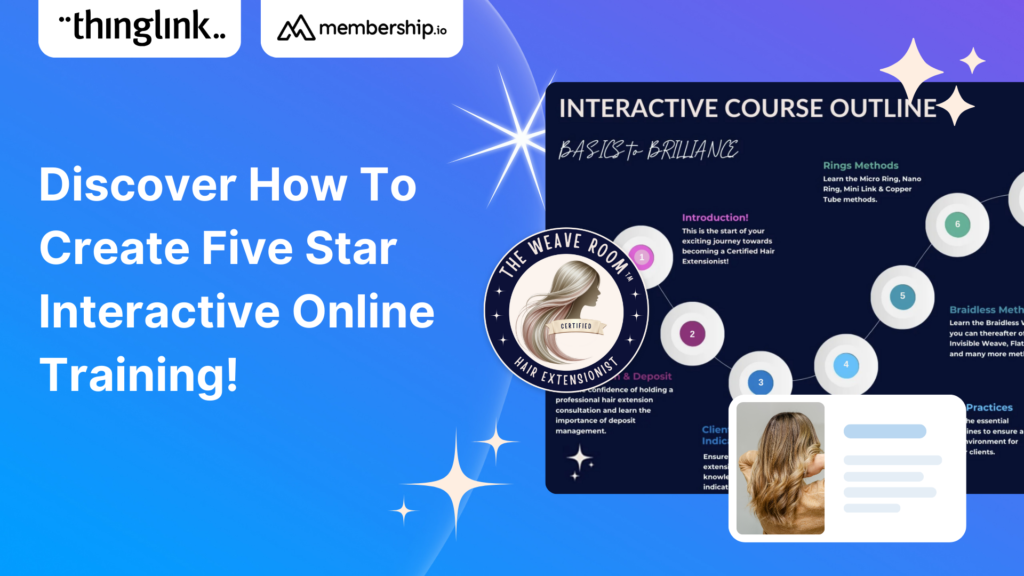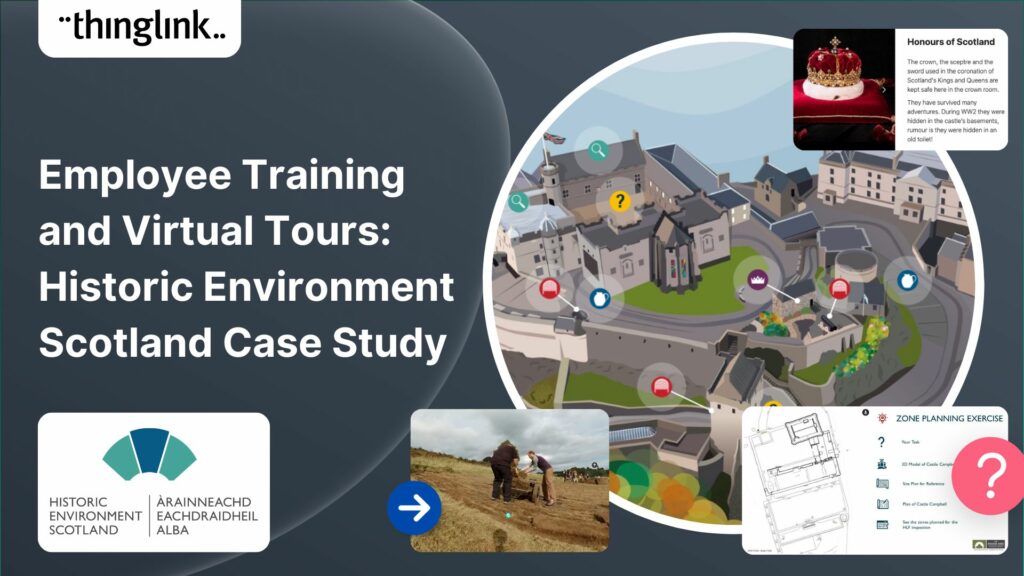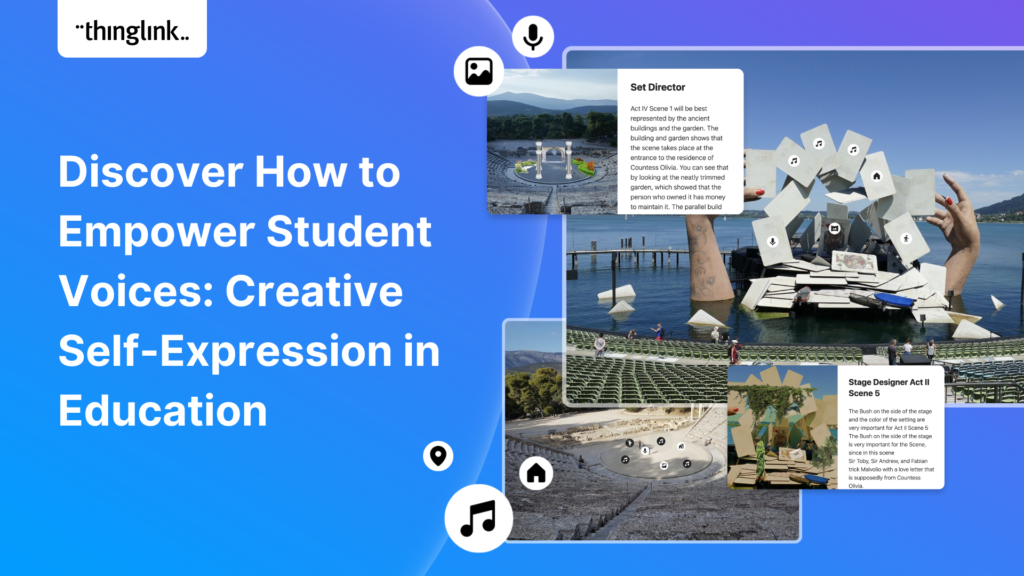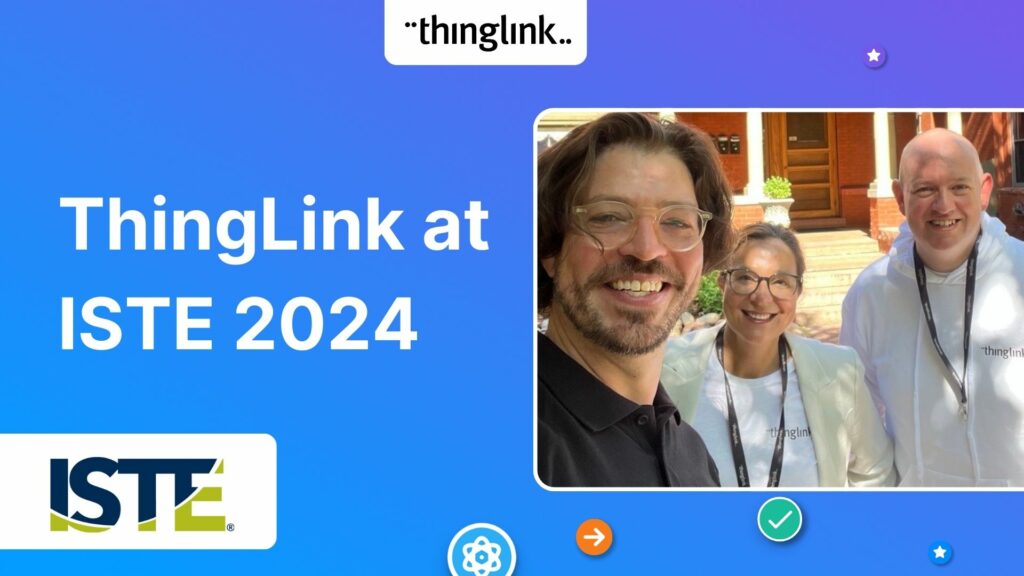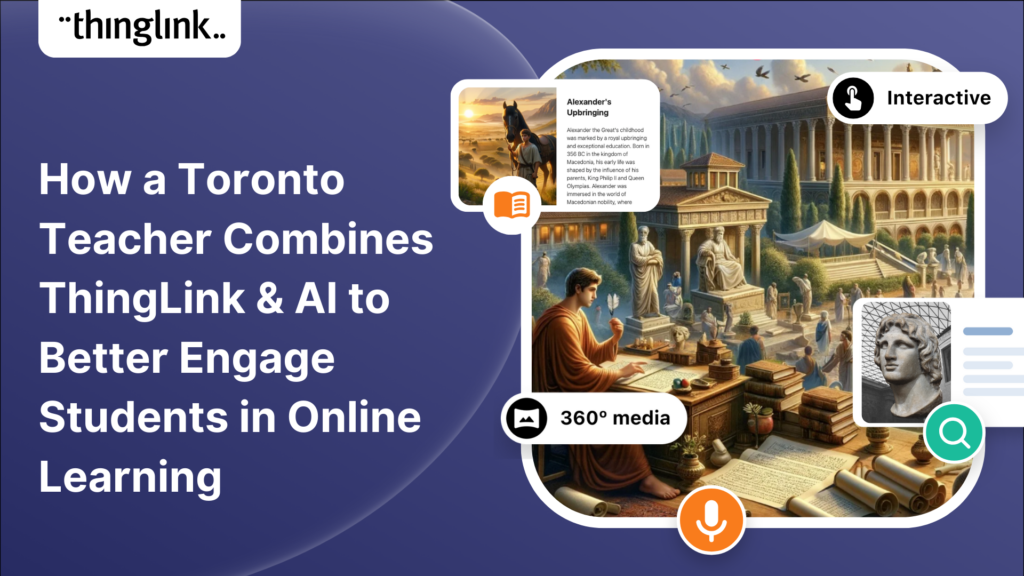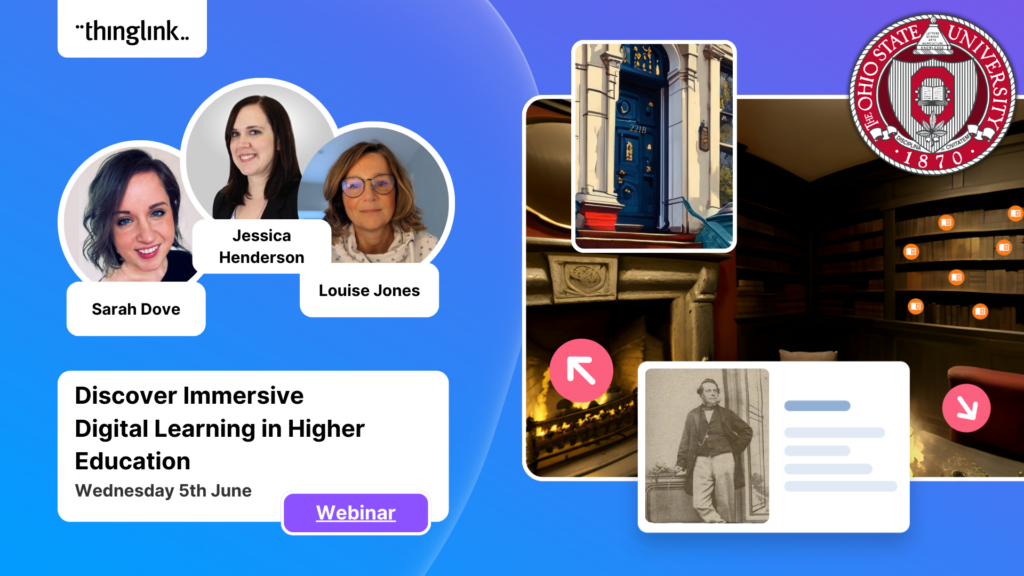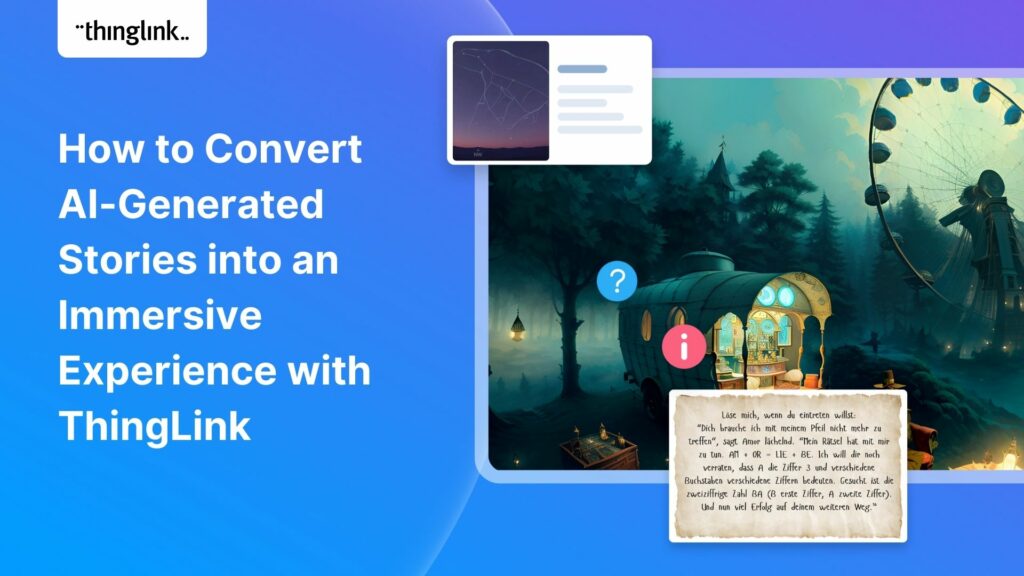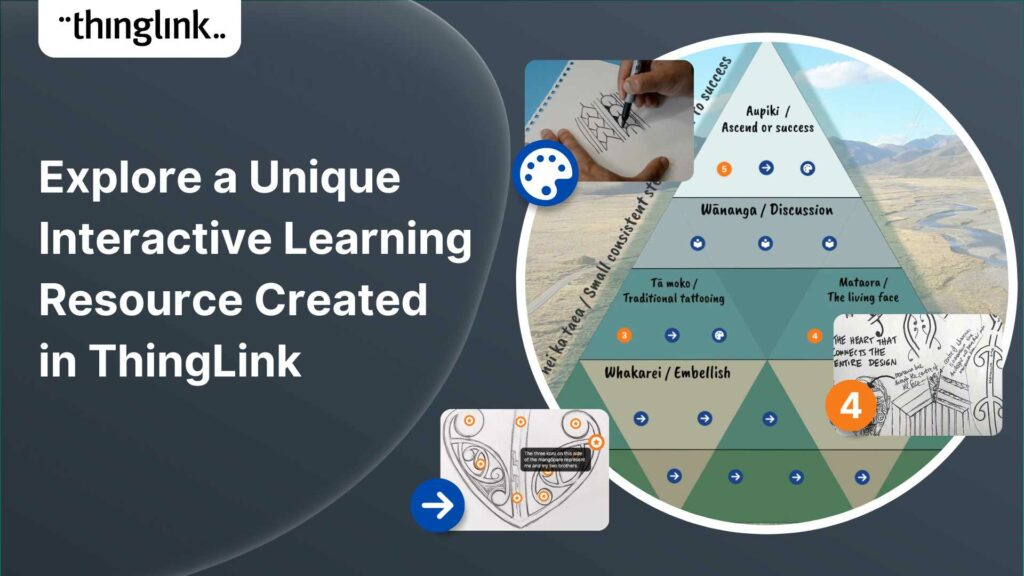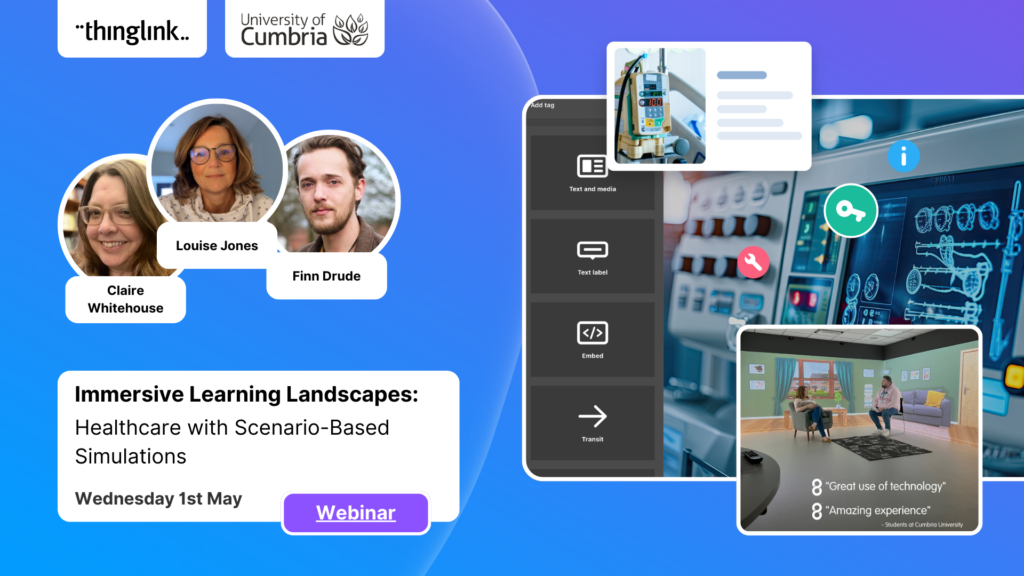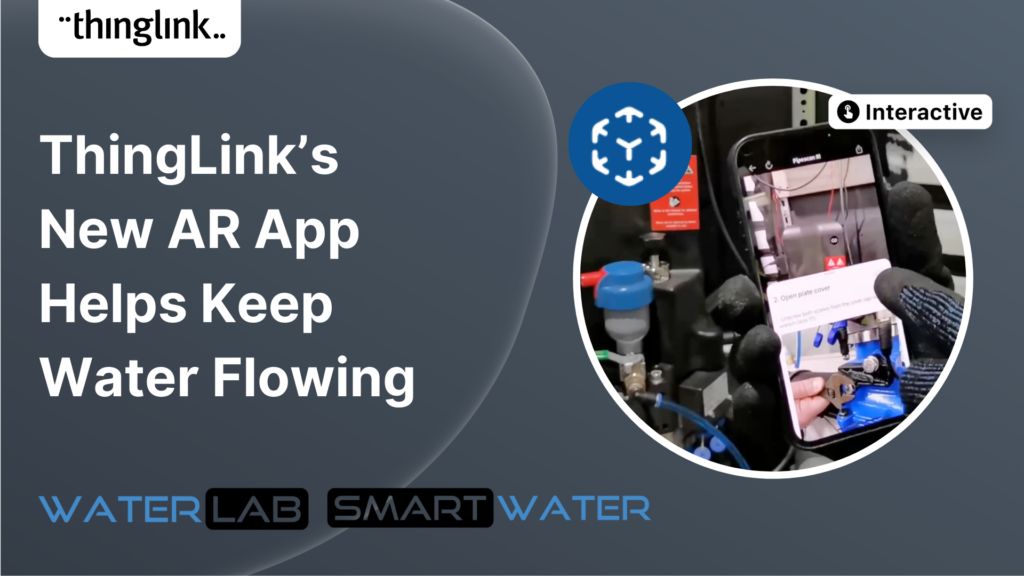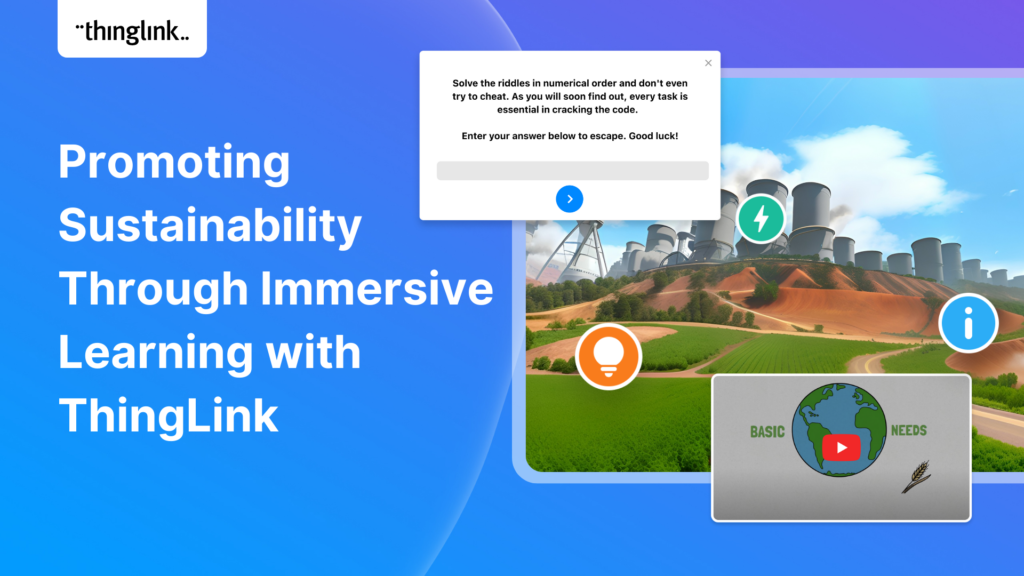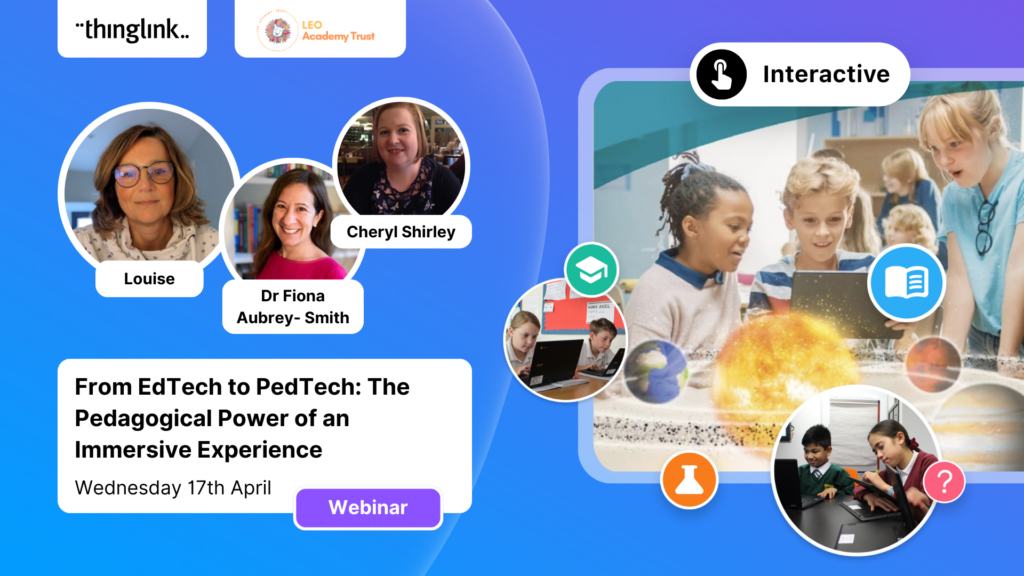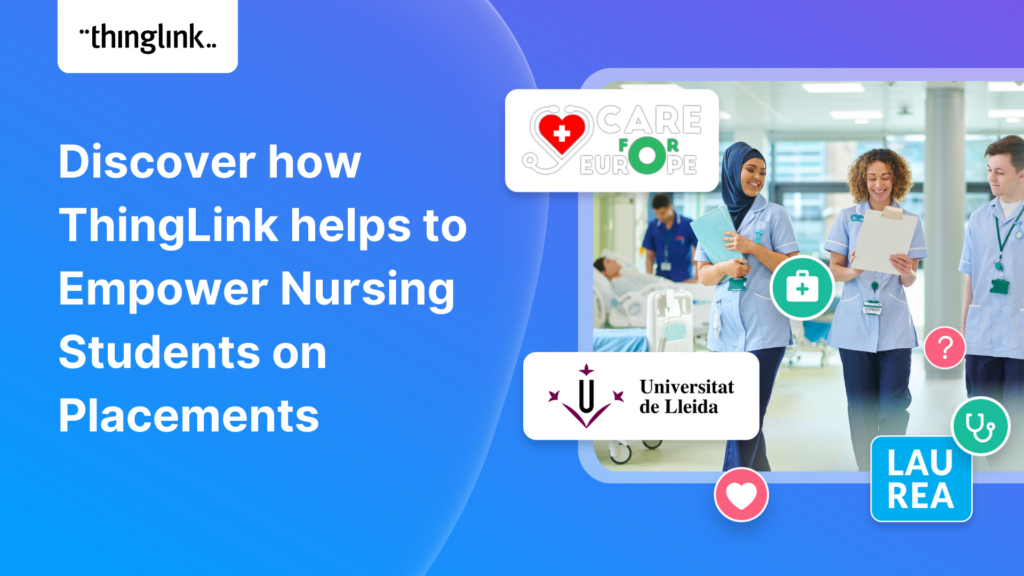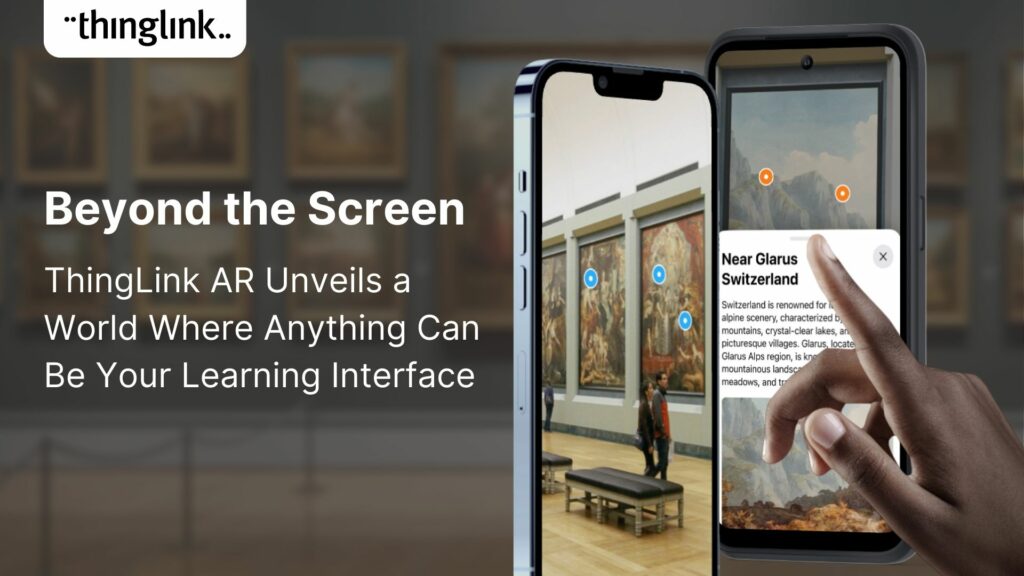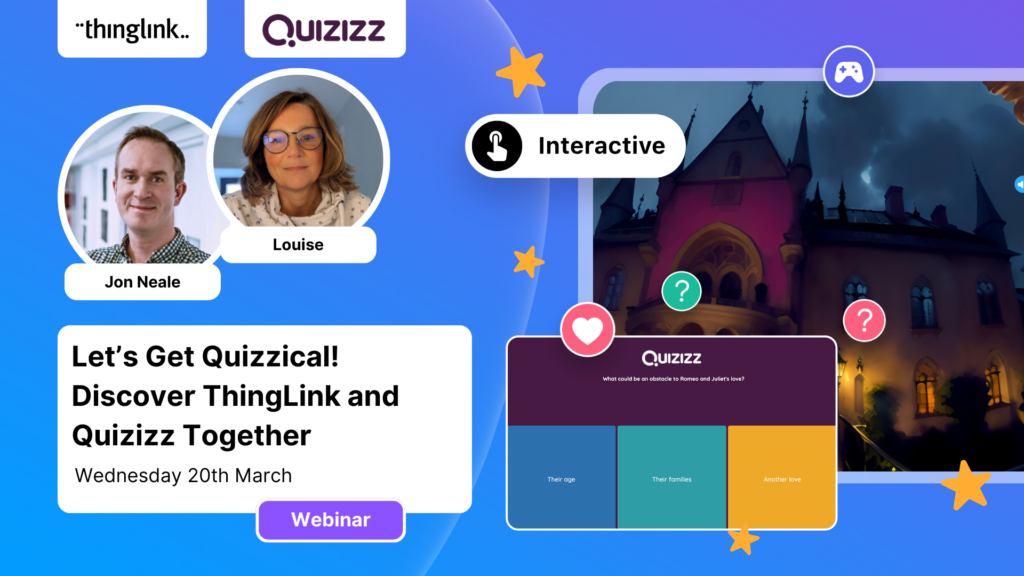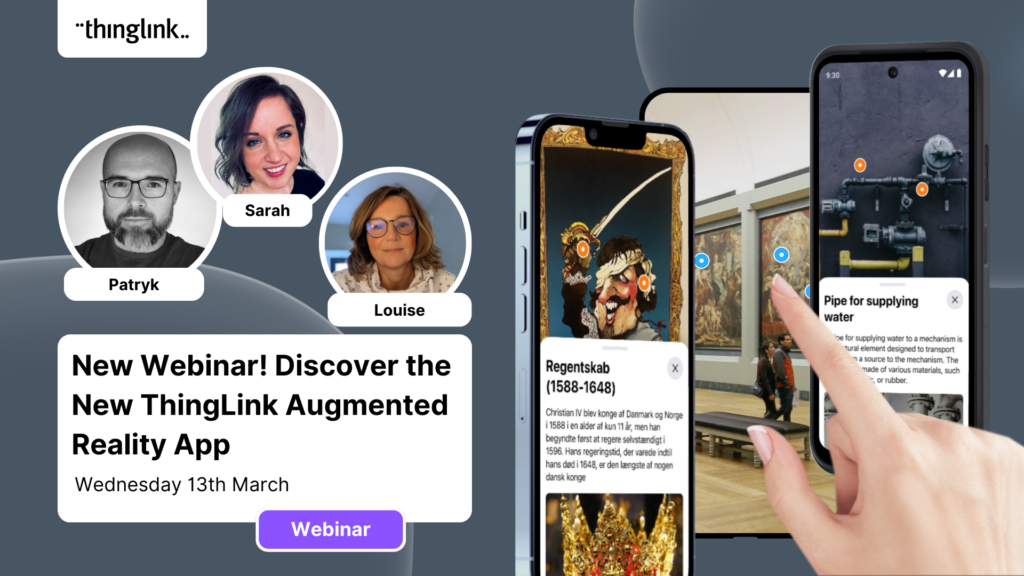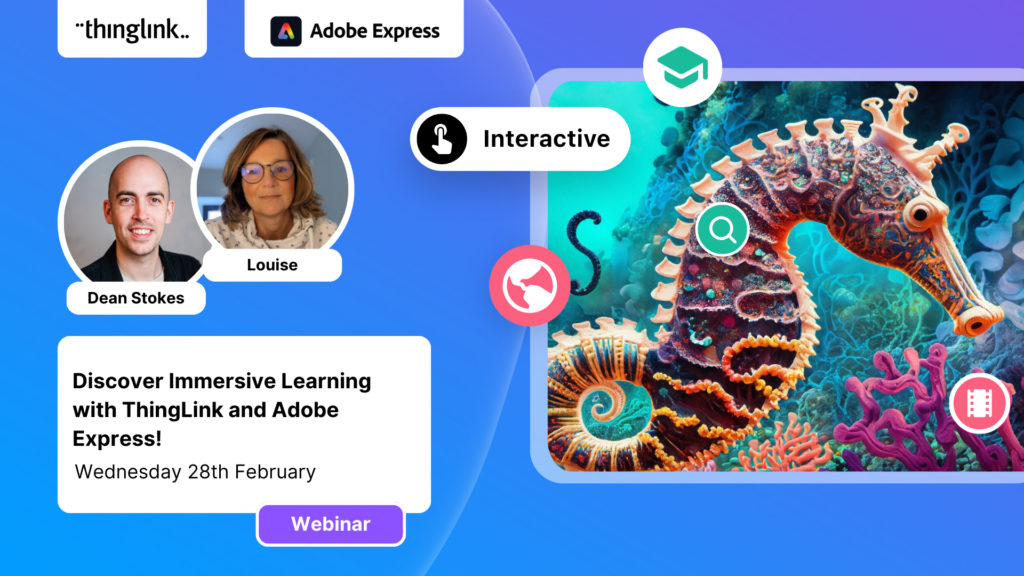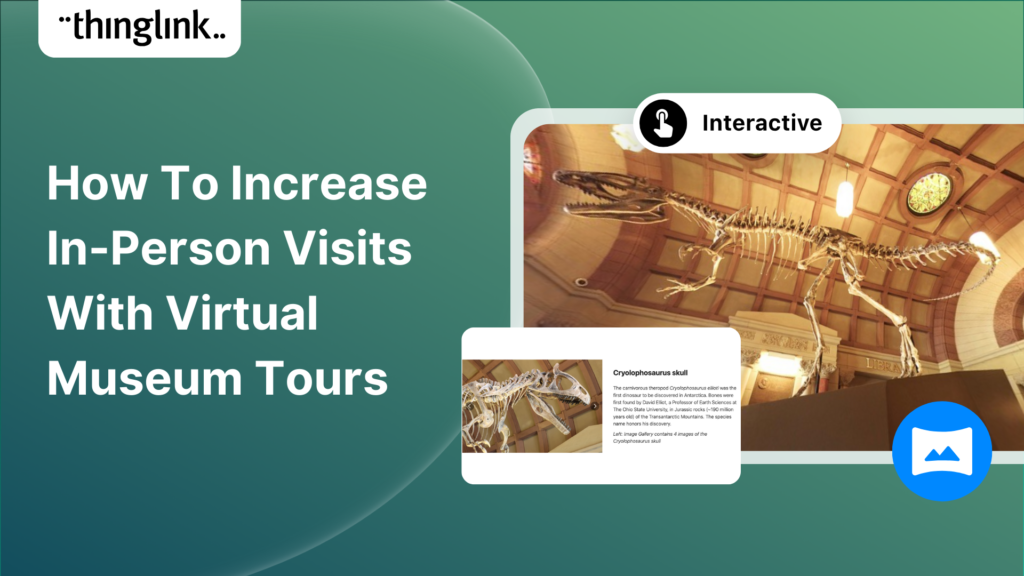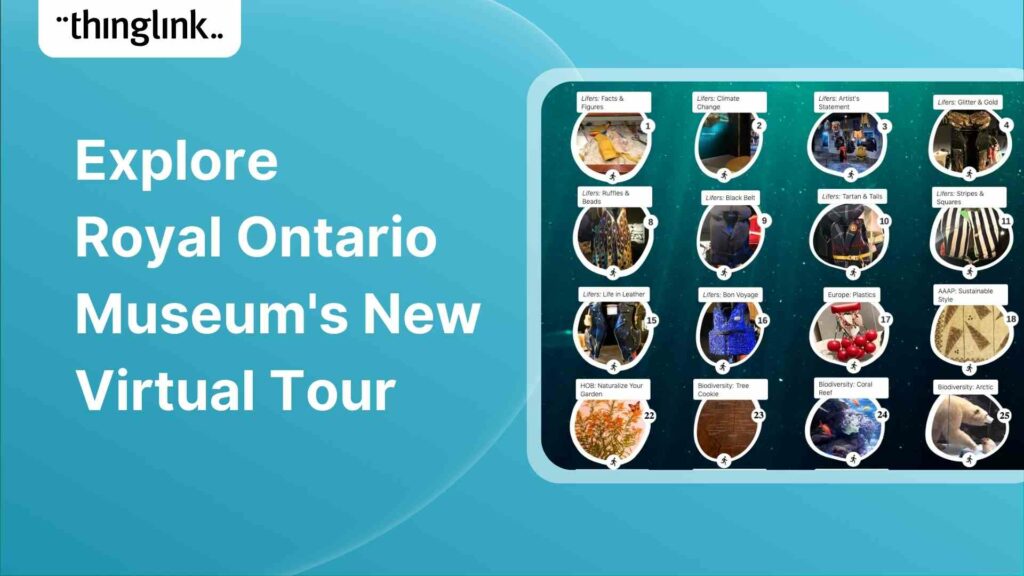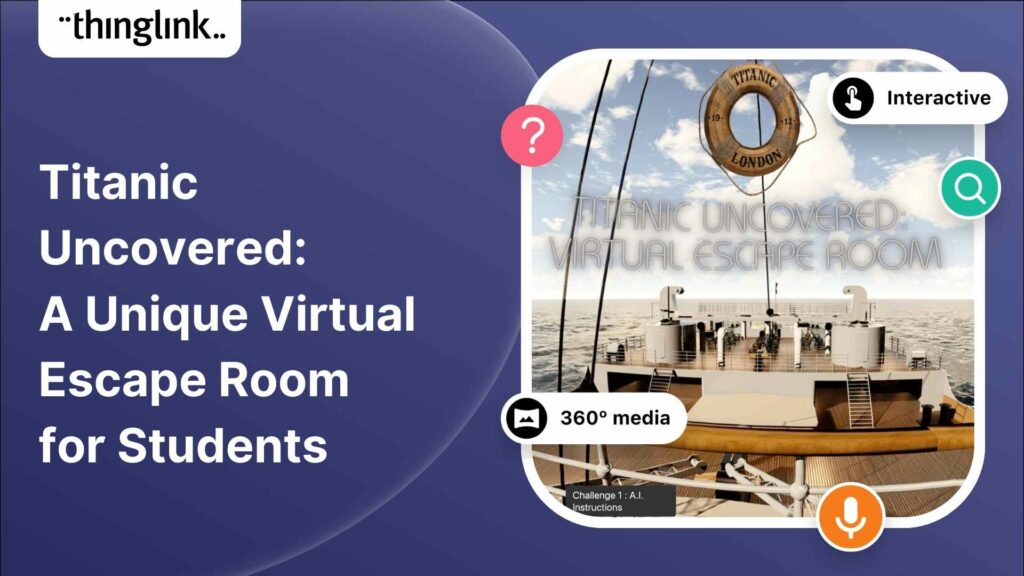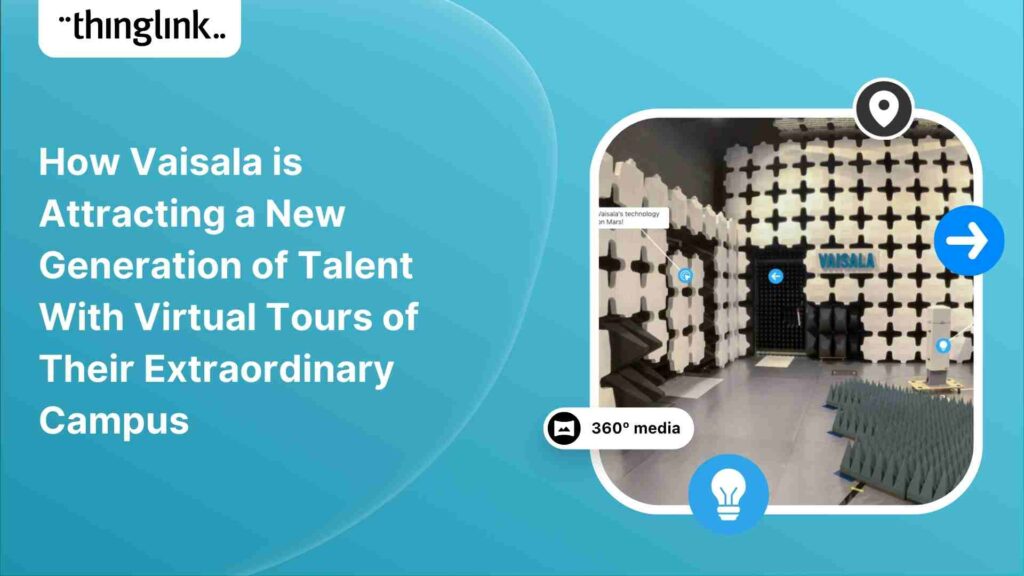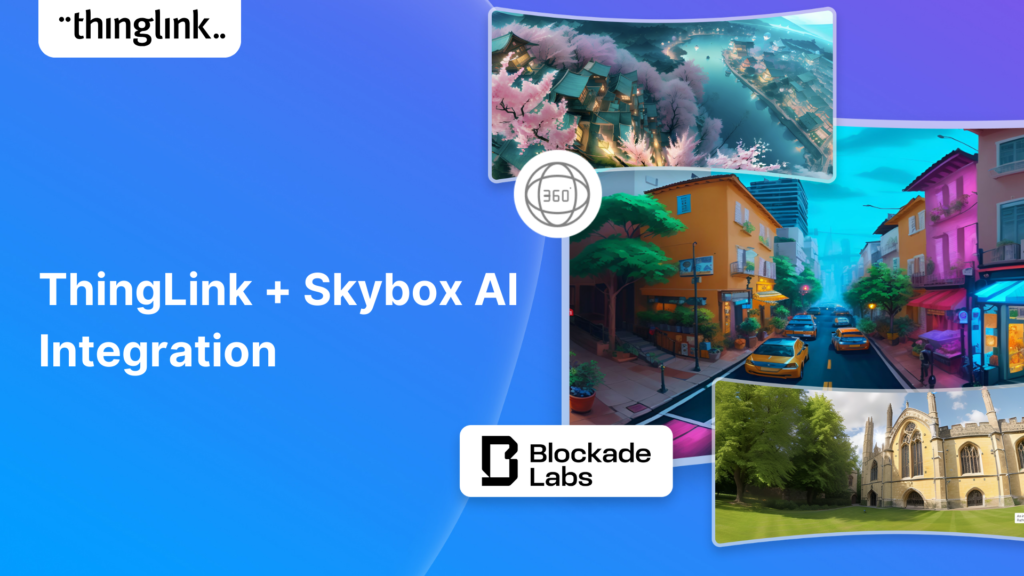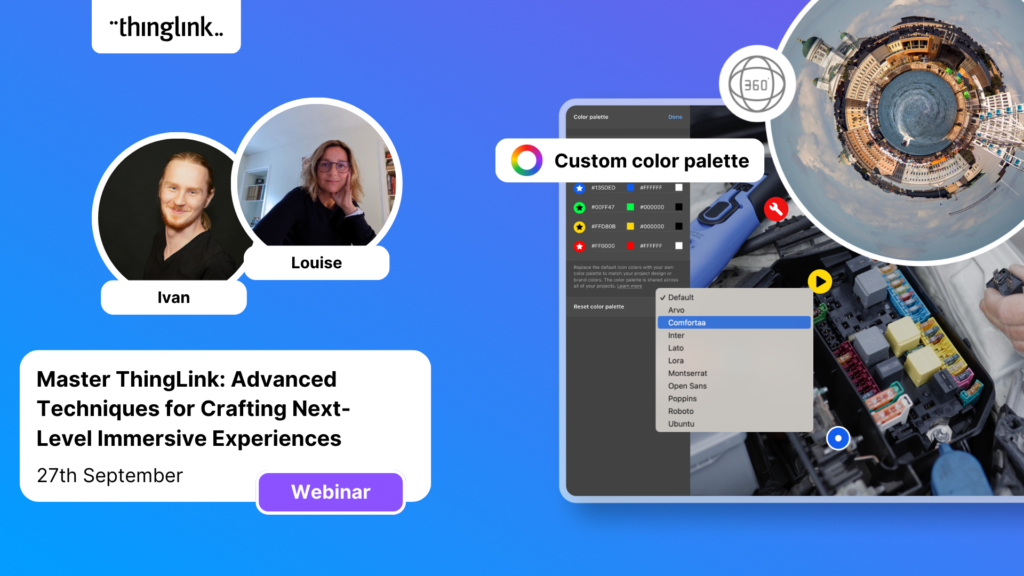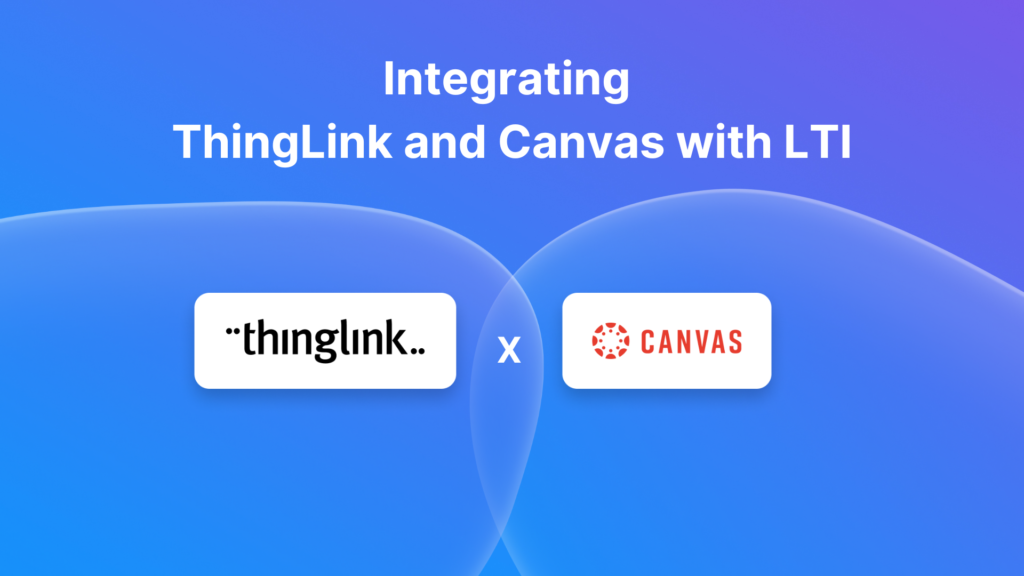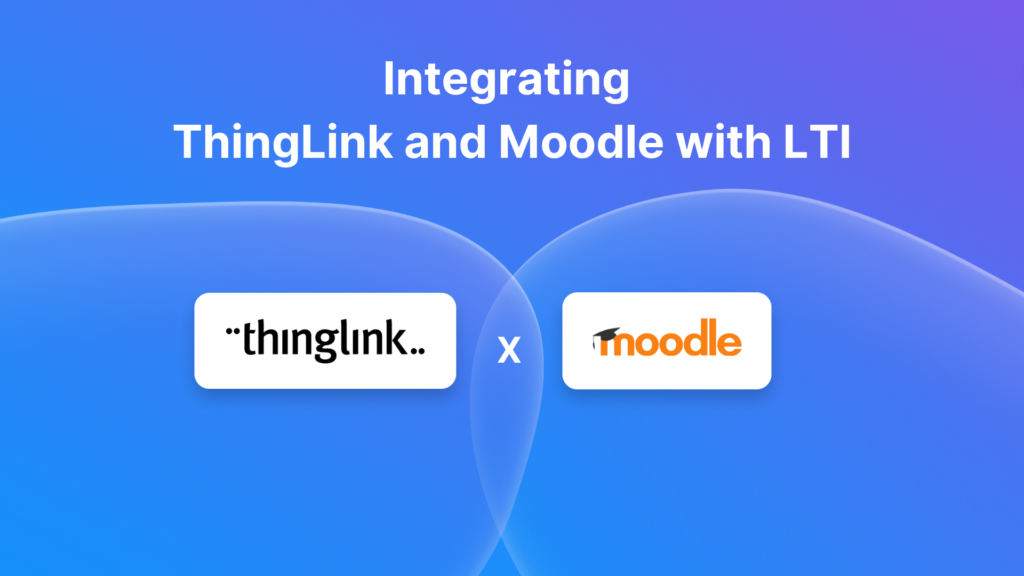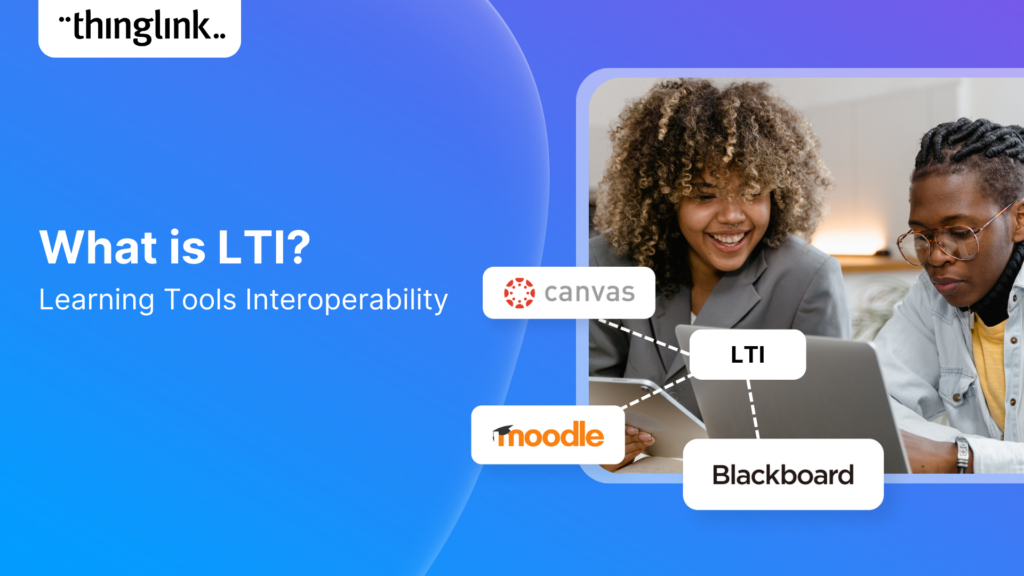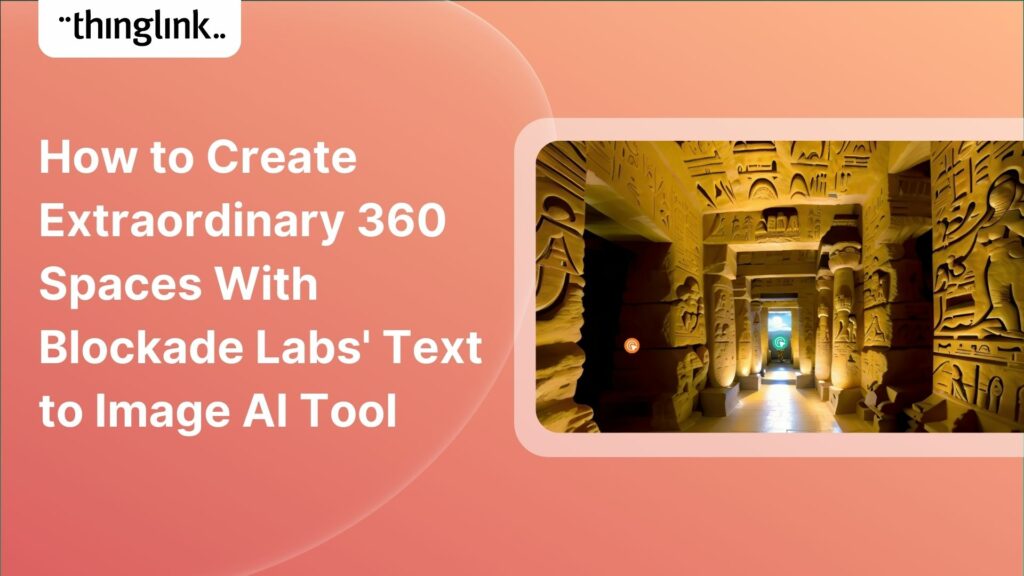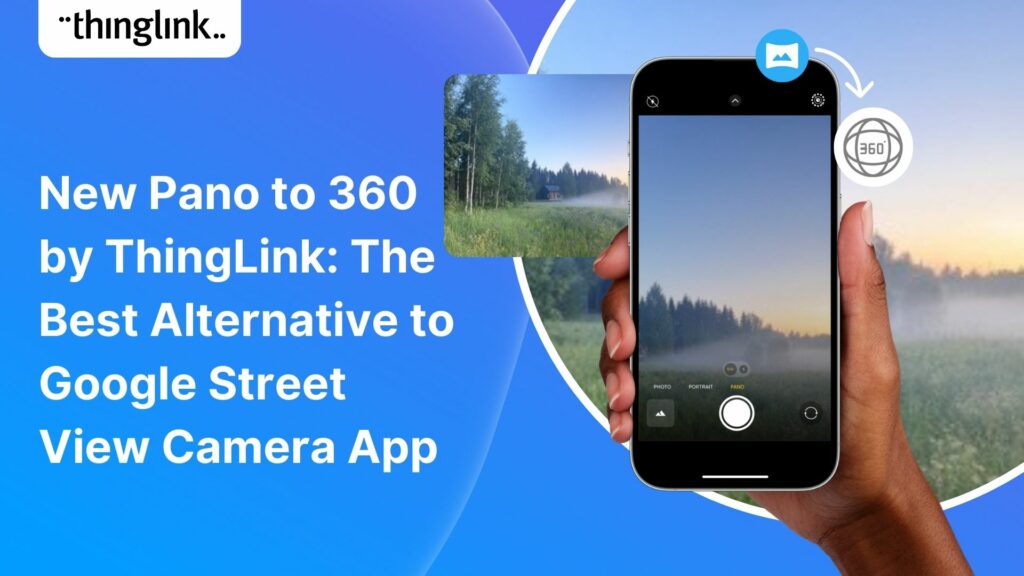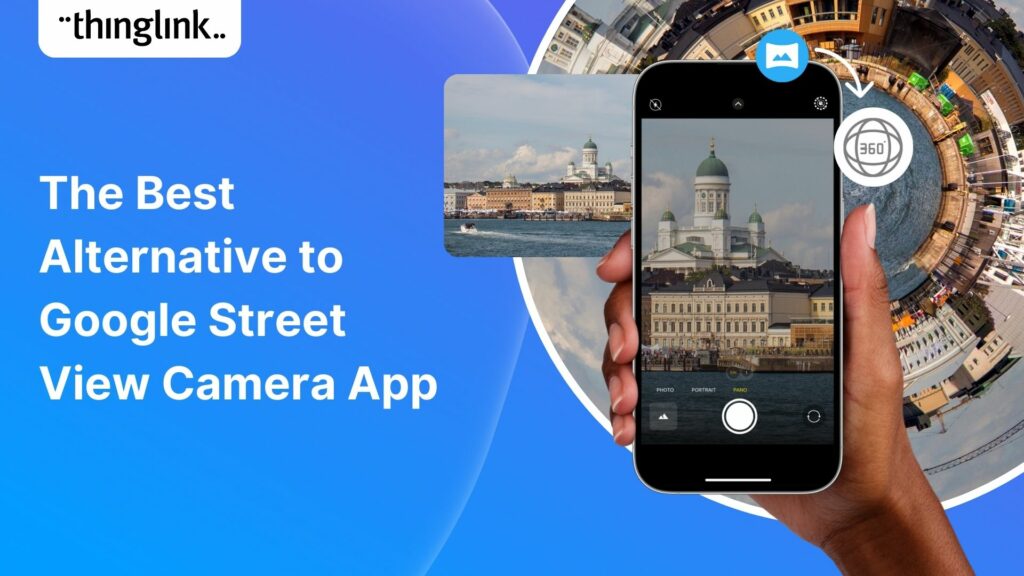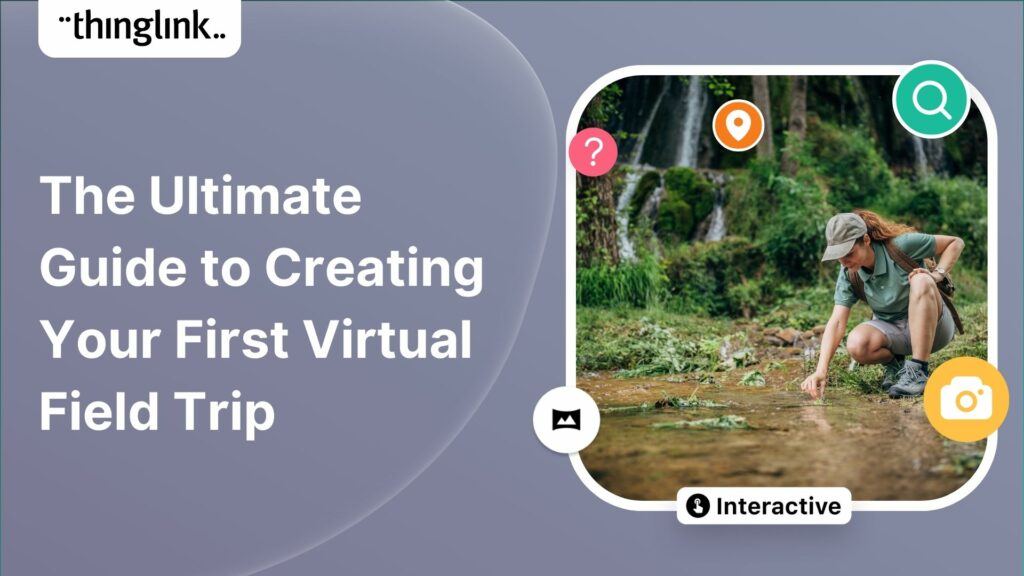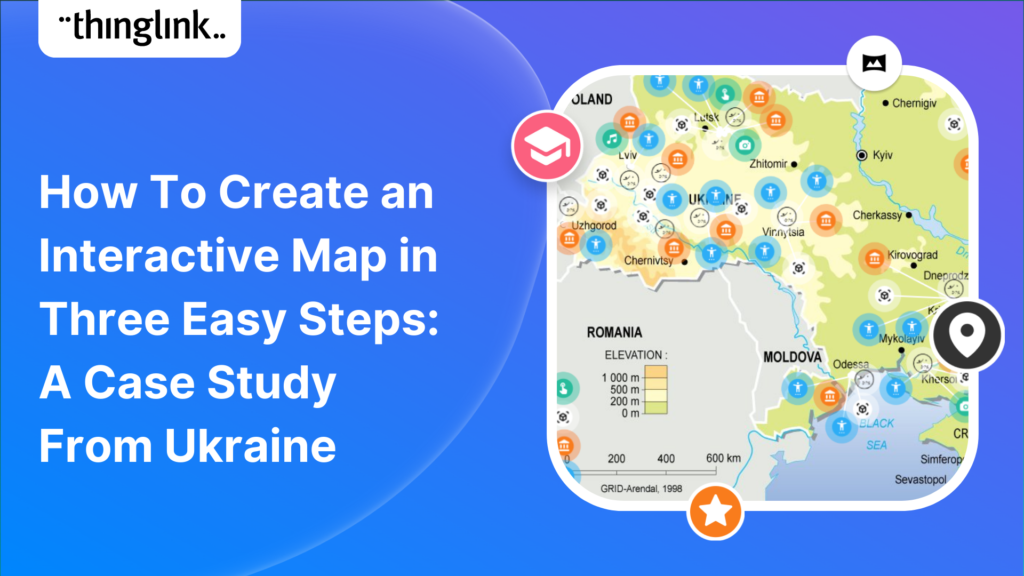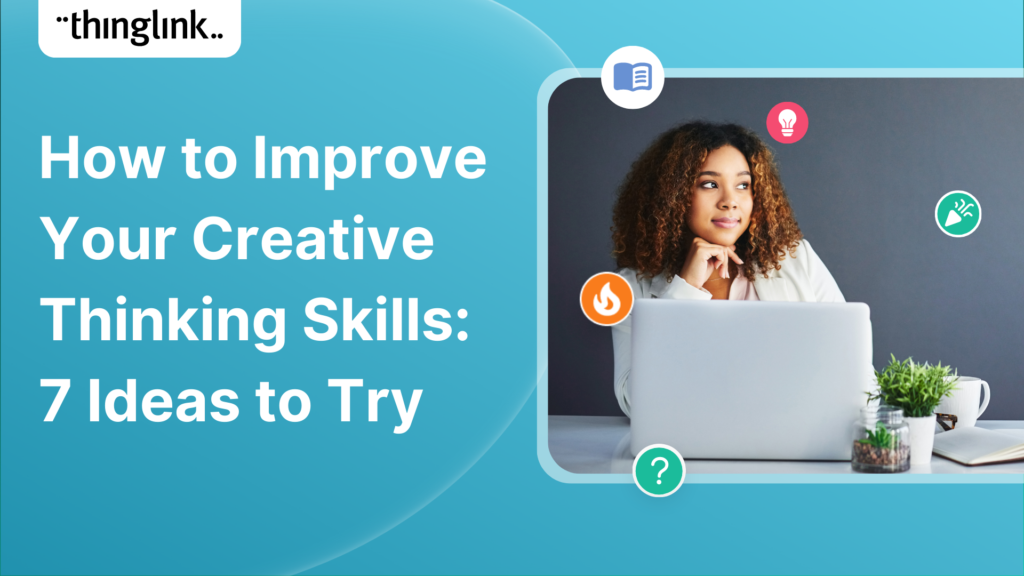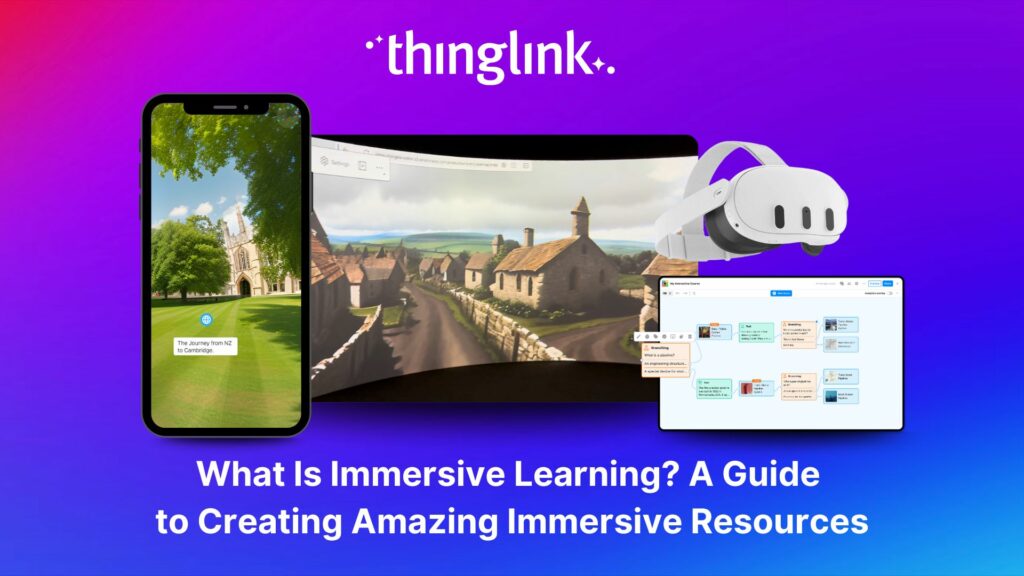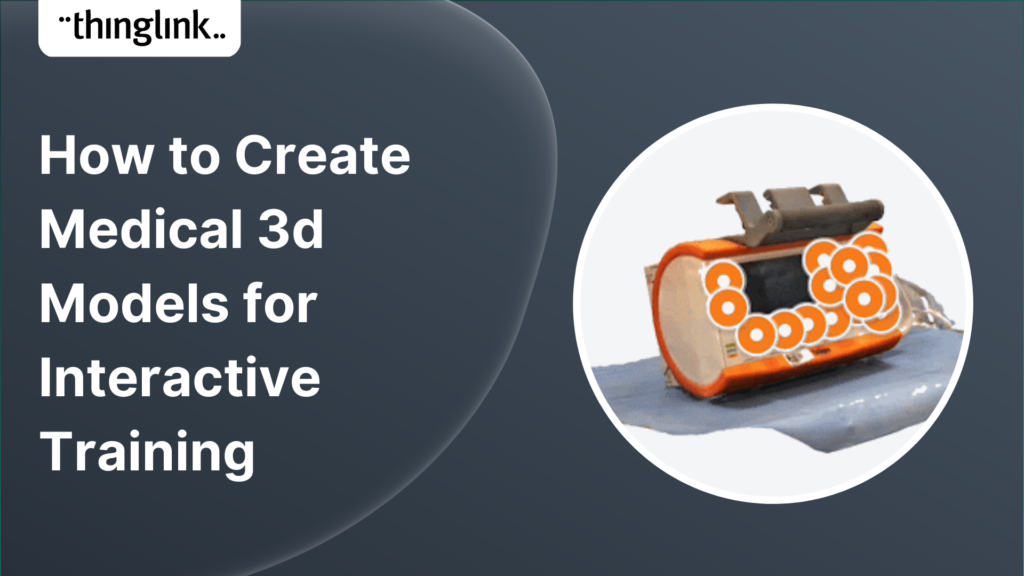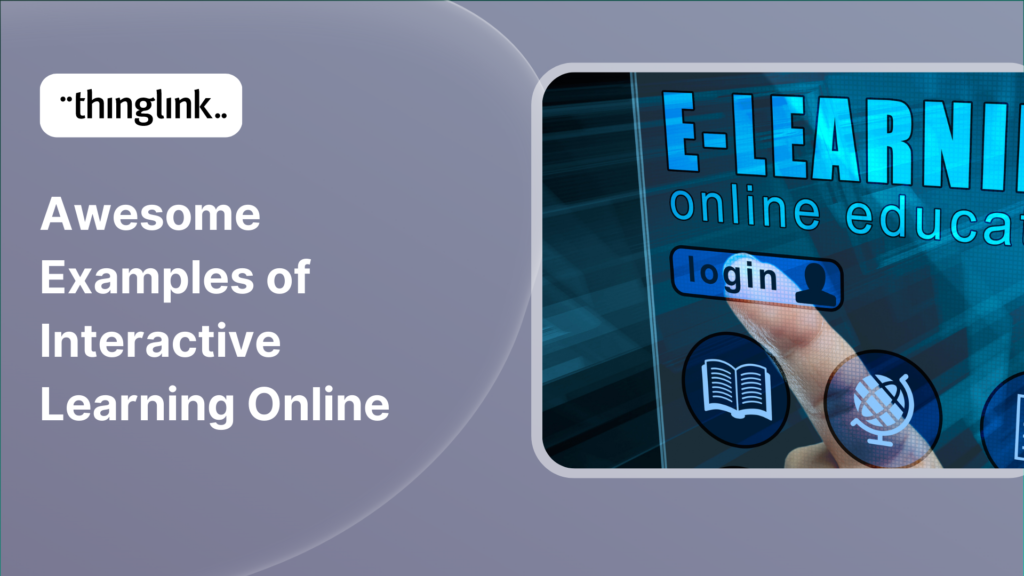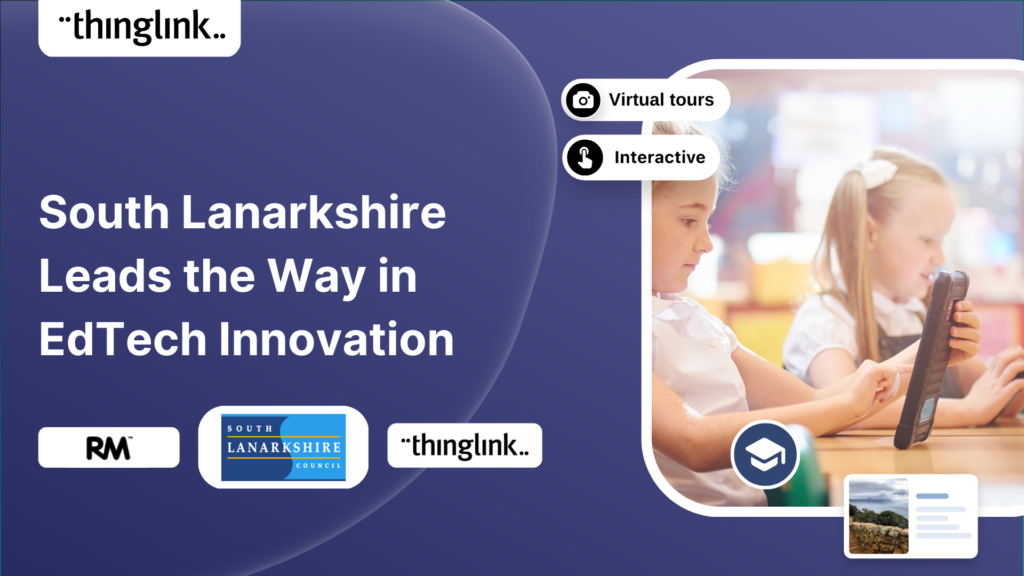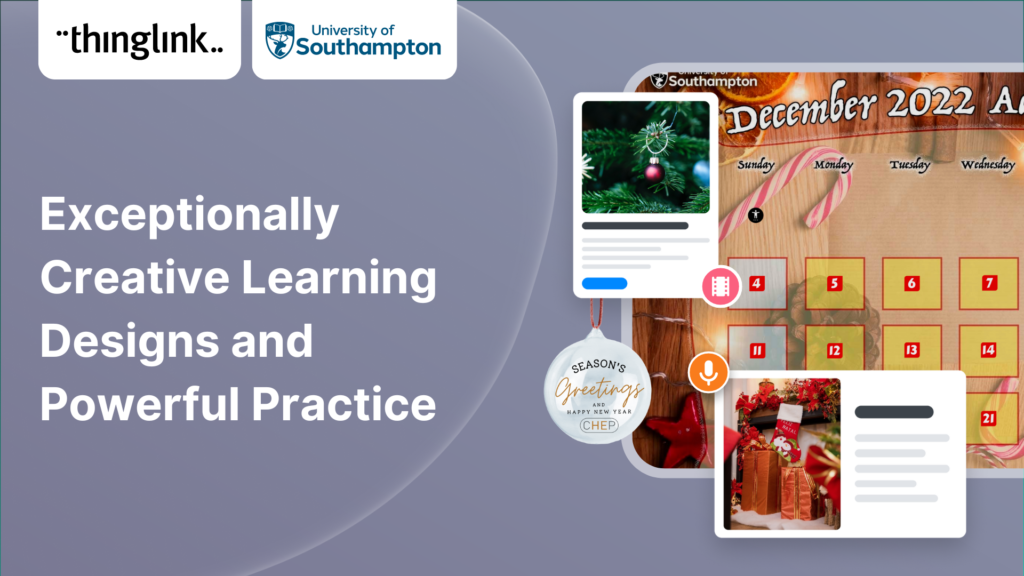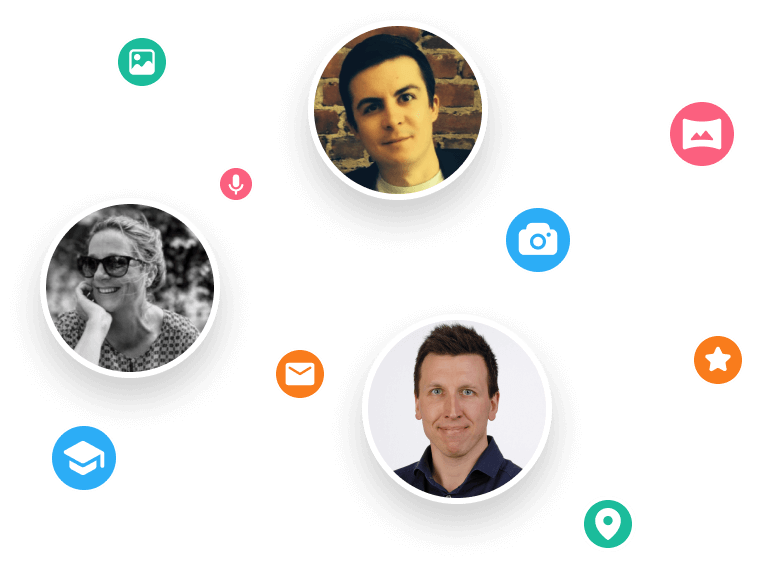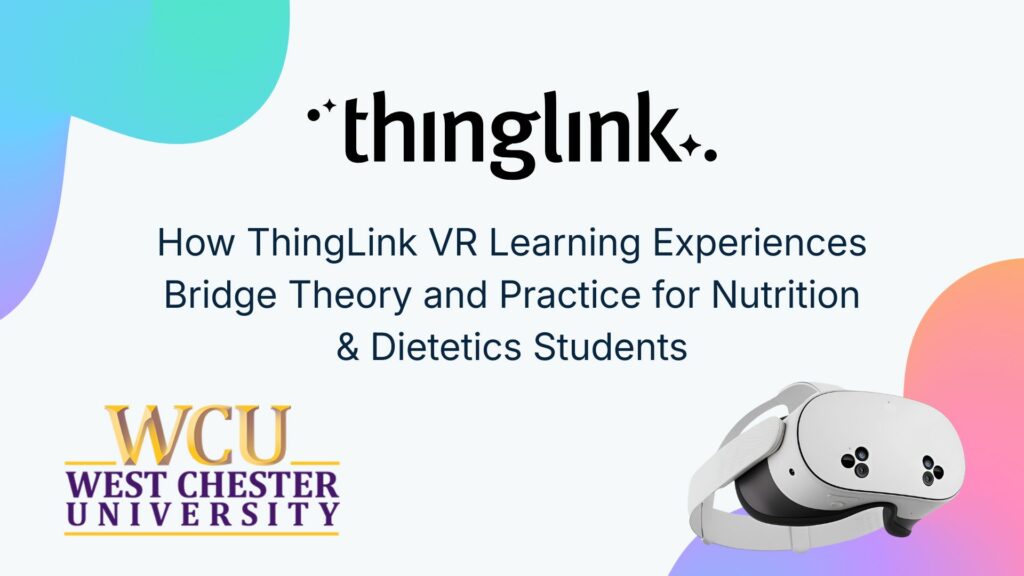
How ThingLink VR Learning Experiences Bridge Theory and Practice for Nutrition and Dietetics Students
Nutrition and dietetics higher education programs face a critical challenge common across healthcare studies: effectively connecting theoretical knowledge with practical application and experience. Students require exposure to real-world scenarios to develop essential competencies – but this can be expensive and difficult to organise, and it can be difficult to ensure consistency.
ThingLink offers an innovative approach to nutrition and wider healthcare education by empowering educators to create interactive, 360-degree virtual environments. These immersive learning experiences transform passive learning into an active, exploratory experience, directly addressing the gap between theory and practice. Here we share a case study where a university dietetics program successfully integrated ThingLink VR into its curriculum to enhance practical learning.
Book a free consultation
If you’d like to learn more about how your university, college or school can save resources and effectively support staff and students with scaleable XR learning experiences, schedule a free call with our Higher Education Specialist.
Traditional Limitations in Experiential Learning
Traditional experiential learning methods can present significant limitations. Access to diverse clinical or industry settings can be restricted due to logistical constraints, expense, patient or customer privacy concerns, resource availability, and student availability due to illness, timetable clashes or other commitments. This limits students’ opportunities for direct observation and interaction within varied professional environments. Furthermore, the size of many student cohorts means that the scalability of these experiences remains low. This makes it difficult to provide consistent, high-quality practical exposure to all students.
The Need for Immersive and Accessible Solutions
An urgent need exists for immersive and accessible solutions that overcome these traditional limitations. Educational tools must provide realistic simulations of professional environments, allowing students to navigate complex situations, observe workflows, and understand professional roles without the constraints of physical presence. These solutions should enhance engagement, promote deeper understanding, and ensure equitable access to critical learning experiences. From a wider perspective, it’s also imperative that students understand roles and responsibilities as early in their studies as possible – so that if a career or role isn’t the ideal fit for an individual for any reason, steps can be taken as soon as possible to set that student on a better and more fulfilling path.
ThingLink: An Innovative Approach to Nutrition Education
Creating Immersive Learning Environments in Real-Life Settings
ThingLink facilitates the creation of highly immersive learning environments within real-life professional settings. Using 360-degree imagery and video, educators embed interactive hotspots directly into the virtual scene. These hotspots link to detailed information, explanatory videos, audio narratives, quizzes, explorable 3D objects, and many more types of multimedia – providing a comprehensive understanding of the environment and its operational aspects. Students can virtually explore various stations, observe equipment usage, hear from various personnel, and analyze food preparation processes as if they were physically present.
Case Study: West Chester University Delivers ThingLink Virtual Learning Environments in Meta Quest
The Challenge
Michael T. Holik, Ed.D. is Associate Professor in the Department of Nutrition at West Chester University, PA. He teaches the Nutrition and Dietetics Quantity Food Production course, where he would traditionally take 80 to 100 students to local hospitals for in-person tours. This part of the course is crucial because all dietetic interns must complete a rotation in a commercial kitchen. There had always been challenges intrinsic to providing these tours, given that they had negative effects on the productivity of the hospital kitchens, and there could also be issues with student attendance due to illness. During the pandemic however, these visits became impossible, leading him to look for an effective alternative solution.
Program Design and Implementation
Using ThingLink, Dr Holik designed an interactive virtual tour of a functioning hospital kitchen – a sample of which is shown below, ready for you to explore. He captured 360-degree photos and various sections of the foodservice areas, including food preparation areas and different types of storage facilities. Interactive hotspots were then embedded within the ThingLink scenes, linking to explanatory text about FDA protocols, equipment operations, and interviews with staff members in the various roles.
Roles and Responsibilities of Nutrition and Foodservice Professionals
The interviews were created with AI-generated avatars – a solution which further reduced the need to impact operation efficiency of the real kitchens. These interviews detail the inter-dependencies, specific functions and contributions of each role to overall patient care, and enhance the students’ appreciation for interdisciplinary collaboration.
Delivery of the Interactive Experience: Meta Quest
The VR experience is delivered via Meta Quest headsets during on-campus teaching sessions, with the approach of the entire class completing the task synchronously. This cuts down on logistical and travel costs considerably, as well as ensuring that any student who is absent that day can complete the tour when they are available.
Demonstrable Outcomes at West Chester: Improved Competency and Confidence
The integration of the ThingLink Virtual Reality learning materials yielded clear, measurable improvements in student competency, confidence and preparedness for their future roles.
The VR experience helps address the FDA model food code and makes the food safety and sanitation material more exciting and tangible for students, by allowing them to see concepts come to life. It has now replaced the in-person experiential learning element of the course, though Dr Holik still provides traditional materials like handouts and textbooks to cater to various learning styles. Hear Dr. Holik talk about the difference that the VR experience in ThingLink has made below.
Presenting the walkthrough of the interactive images in this way has also ensured that each student receives exactly the same experience. This compares favorably to a real-life site visit where, for example, students may experience the visit differently depending on whether they can see or hear the introductions clearly and fully, which is often a challenge with large groups.
The synchronous delivery via Meta Quest headsets has proved so effective that Dr Holik has applied to at least double the number of the VR headsets from 17 to 40.
Qualitative and Quantitative feedback indicated that the experience improved students’ understanding of hospital foodservice operations and the roles of Registered Dietitian Nutritionists (RDNs).
Quantitative Measures of Skill Acquisition
- All participants (100%) agreed or strongly agreed that they felt more prepared for their internship.
- Every participant (100%) agreed or strongly agreed that their understanding and awareness of theoretical concepts had improved.
- 88% reported feeling confident in their ability to recognize components of the FDA Model Food Code.
- 97% agreed or strongly agreed that the immersive experience was an excellent way to stay engaged in their learning.
- Additionally, 97% of respondents agreed or strongly agreed that the immersive VR experience improved their preparedness for foodservice internship rotations.
- All respondents (100%) agreed or strongly agreed that the VR experience strengthened their knowledge and understanding of the Registered Dietitian Nutritionist (RDN) role.
- 95% of participants agreed or strongly agreed that the equipment was user-friendly
- 100% agreed or strongly agreed that the experience was clear, informative, realistic, and immersive.
Qualitative Insights on Student Experience
- “It made me feel like I was truly part of the environment and helped me better grasp what I was seeing.”
- “I felt totally tuned in and focussed.”
- “It was an interactive way of learning rather than just listening to a lecture, and I think the material stayed with me more.”
- “I genuinely felt like I was inside the rooms being shown. I could observe every detail of the kitchen, and it was very immersive. I really enjoyed it, especially as a visual learner – this approach would be great for others who learn the same way.”
- “The VR sessions helped me comprehend concepts from the textbook much more effectively than just reading or listening to lectures.”
- “The immersive aspect made the experience much more engaging compared to simply looking at a computer screen.”
- “I really enjoyed that it was different from our usual coursework – it gave me a clearer understanding of ideas from the textbook and lectures that are hard to visualize without prior experience in foodservice or counseling.”
- “It was helpful to hear the Registered Dietitian explain that her role combines knowledge of foodservice and therapeutic diets.”
“The ThingLink virtual learning experience closes the gap between theory of learning and applied practice”.
Michael T. Holik, Ed.D. Associate Professor in the Department of Nutrition at West Chester University, PA
Next Steps and Extension
Dr. Holik is planning to build 360-degree environments from scratch, which could potentially include a virtual grocery store. Given the difficulty of obtaining access to a fully functioning but empty grocery store for the capture of high quality 360 images, Dr Holik plans to create realistic scenes with the 360 image generation function within the ThingLink creation flow.
His immediate next projects are two nutrition and dietetics-focused VR escape rooms, “Escape from the Kitchen,” where codes for locks involve the math formulas needed for the students’ licensing examination, and the 41 FDA model food code temperatures.
Thank you to Dr Michael Holik for sharing this example with us.
Key Benefits of ThingLink VR for Students and Educators
The integration of ThingLink VR into educational curricula yields multiple significant benefits for both students and educators.
Enhanced Engagement and Retention
ThingLink VR significantly enhances student engagement. The interactive nature of virtual environments captivates learners, fostering active participation, rather than passive reception of information. As shown in the qualitative feedback above, this increased engagement directly correlates with improved knowledge retention, as students actively construct their understanding through exploration and discovery. The memorable nature of immersive experiences further solidifies learned concepts.
Accessible Experiences
ThingLink VR provides unparalleled accessibility to diverse learning experiences. Students can access the simulations from any location with an internet connection, eliminating geographical and logistical barriers. This ensures that all students, regardless of their physical location or scheduling constraints, can partake in high-quality practical learning opportunities. ThingLink VR content can be viewed on any device, including desktop computers, tablets, personal mobile devices, as well as on VR headsets, further enhancing accessibility and inclusivity.
Personalized Learning Pathways
The flexible structure of ThingLink VR facilitates personalized learning pathways. Educators can design modules allowing students to progress at their own pace, revisit challenging areas, or delve deeper into topics of personal interest. This adaptability accommodates diverse learning styles and paces, ensuring each student receives an optimized learning experience tailored to their individual needs and preferences. The material can be revisited as many times as necessary to refresh, revise and consolidate learning as required by the individual learner.
Step-by-Step Guide for Creating Your Own Virtual Tour: Checklist
- Define Learning Objectives: Clearly identify the specific practical skills or knowledge students should acquire through the VR experience.
- Content Creation: Capture 360 images of relevant environments, or utilize existing ThingLink content libraries. Consider that this may require you to ensure out of hours access to sites, as in this example. If you have a set number of scenes you need to capture, make sure you plan accordingly to make the most of the time you have! Consider using the 360 or 2D image generation tools within the ThingLink creation flow if there are any scenes that you are unable to capture from real life.
- Hotspot Development: Embed interactive hotspots with explanatory text, audio, video, external links, and questions. 3D objects can also be added to allow students to explore equipment or medical models.
- Curriculum Integration: Assign VR modules as pre-placement preparation, virtual field trips, supplementary material, or core components of coursework.
- Assessment Design: Create assessments that leverage the VR environment, such as virtual scavenger hunts or escape rooms.
Support and Resources for Educators
ThingLink provides extensive support for educators, including webinars, onboarding tutorials, best practice guides, and a dedicated support team. A LinkedIn community forum allows educators to share ideas and solutions – please join us!
Frequently Asked Questions About ThingLink in Education
What equipment is required to use ThingLink?
ThingLink is a highly accessible platform that opens up immersive technologies to all educators and students, with no coding or design experience required. To create an experience like the one above, a 360 camera is optimal, but Pano to 360 by ThingLink is a free alternative that uses panoramic images taken on any mobile device to create true photospheres.
Educators can deliver VR learning in a range of various devices depending on preference, and technology availability, meaning that the learning resources are fully scaleable. The material can be shared by a simple link, for viewing on any device, including standard desktop computers, laptops, tablets, and smartphones. For a more immersive experience, VR headsets can be used, although they are not strictly required for functionality.
Can ThingLink be customized for specific curriculum needs?
ThingLink is highly customizable. Educators can create entirely new virtual environments tailored to specific curriculum requirements or adapt existing content. The platform allows for precise control over instructional design, ensuring alignment with particular learning objectives.
What are the long-term benefits of adopting VR in wider healthcare education?
Long-term benefits include enhanced student preparedness for professional practice, increased confidence, and a deeper understanding of complex operational environments. It also provides a scalable, cost-effective solution for delivering high-quality experiential learning, reducing reliance on physical access to limited facilities and ultimately improving program outcomes.
Book a free consultation
If you’d like to learn more about how your university, college or school can save resources and effectively support staff and students with scalable XR learning experiences, schedule a free call with our Higher Education Specialist.
